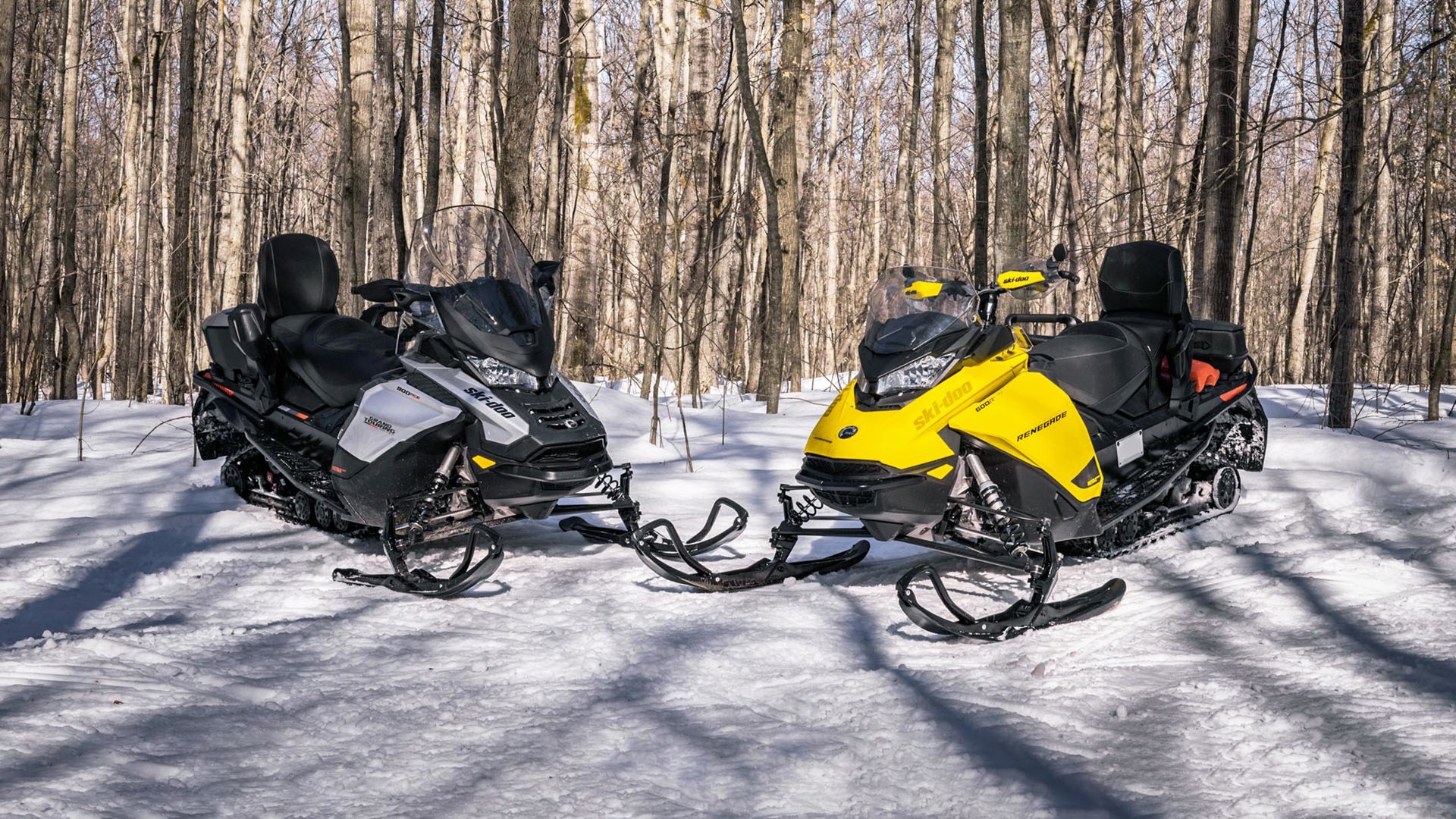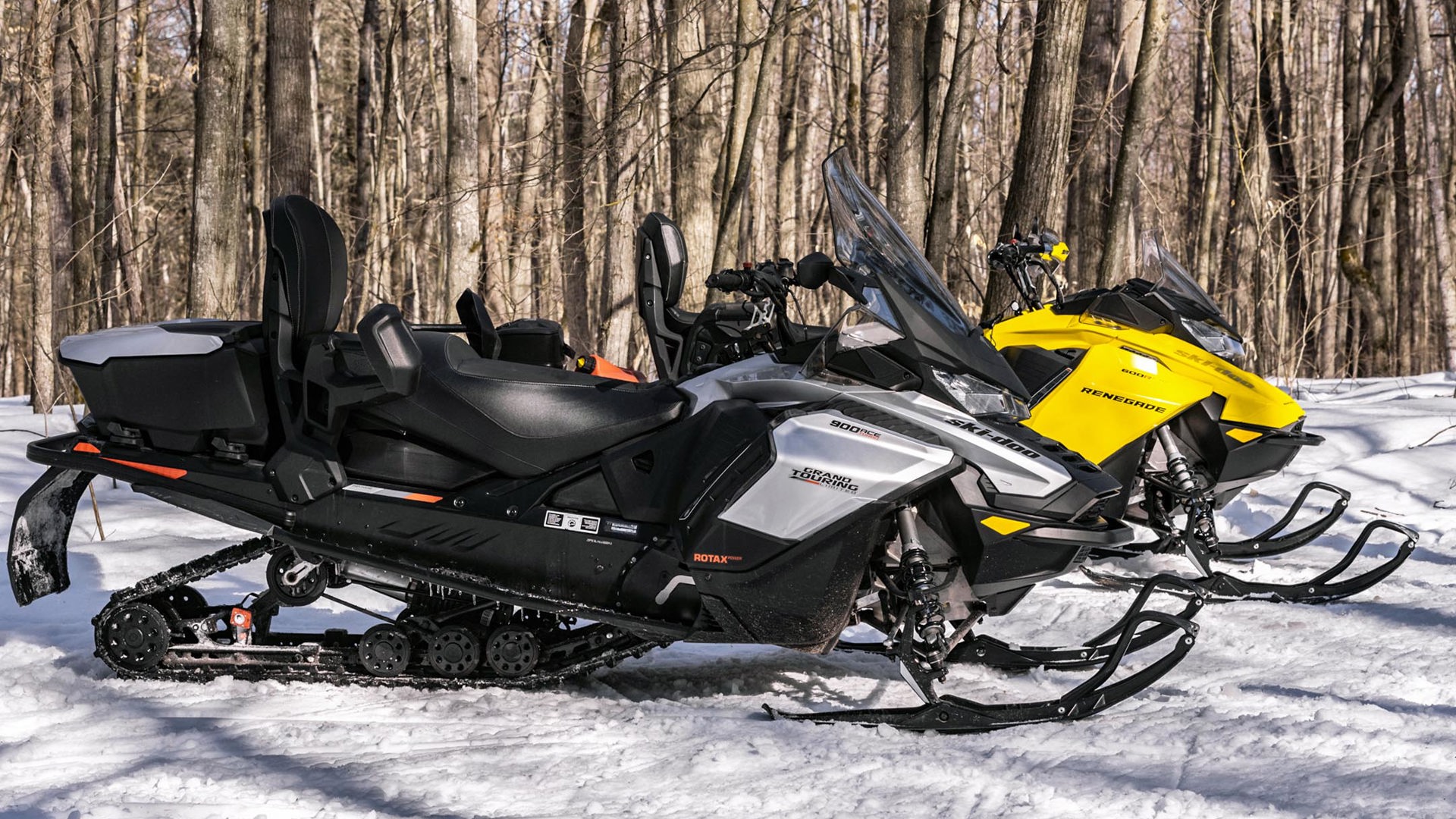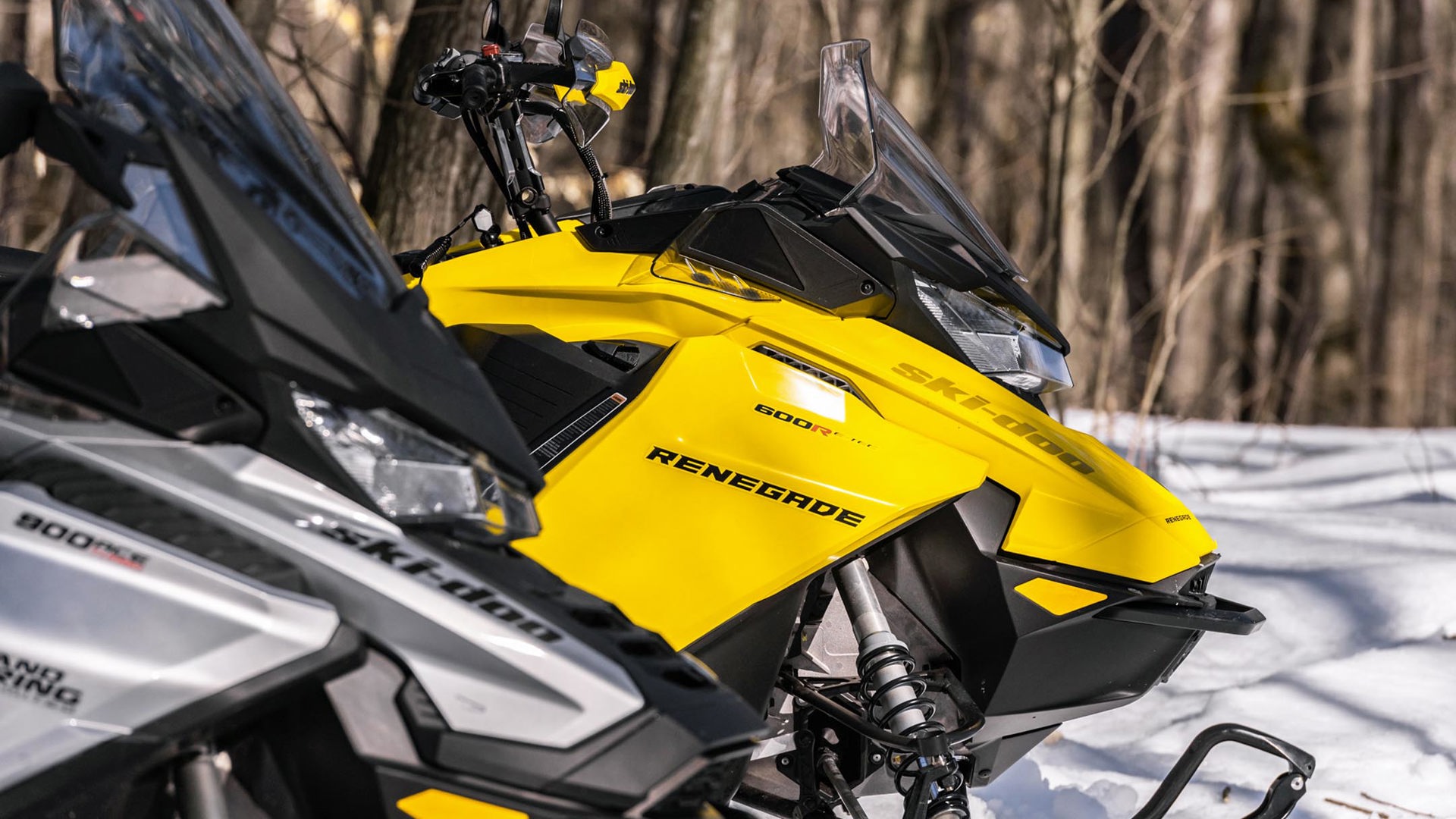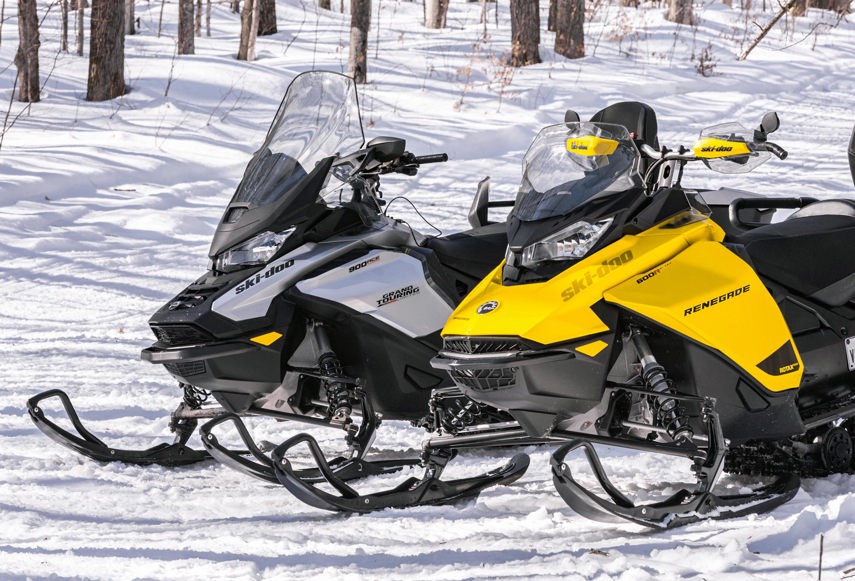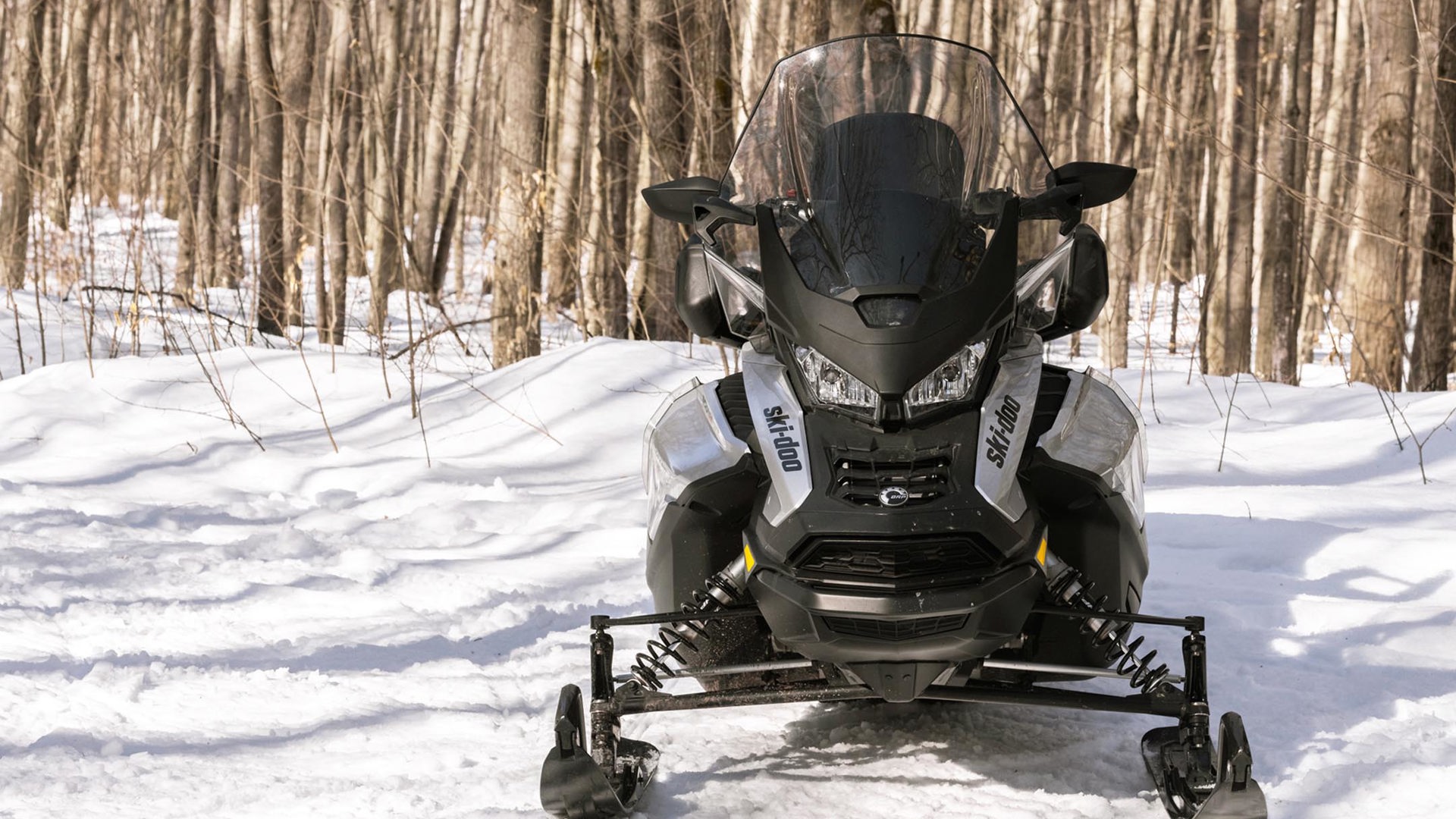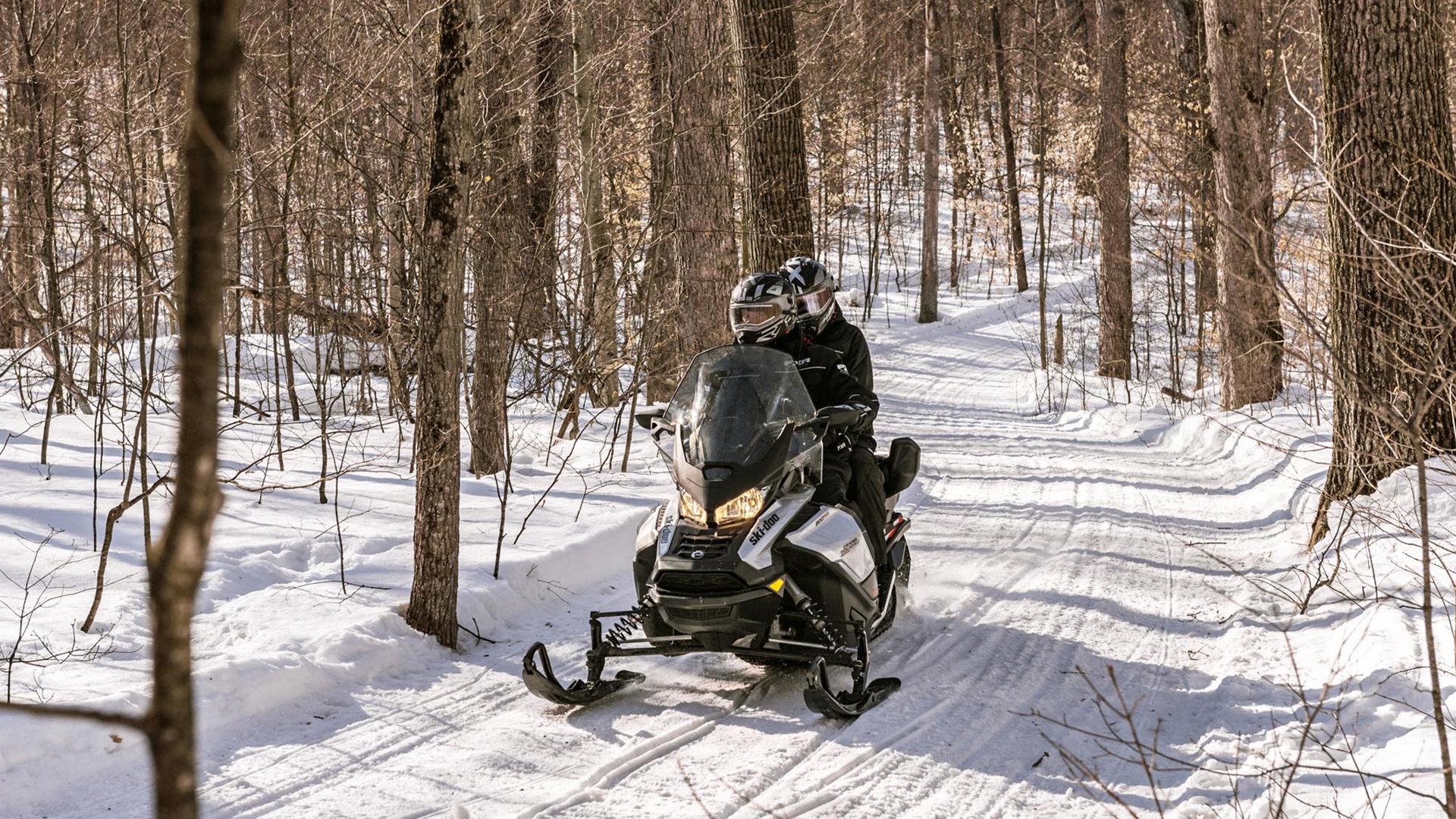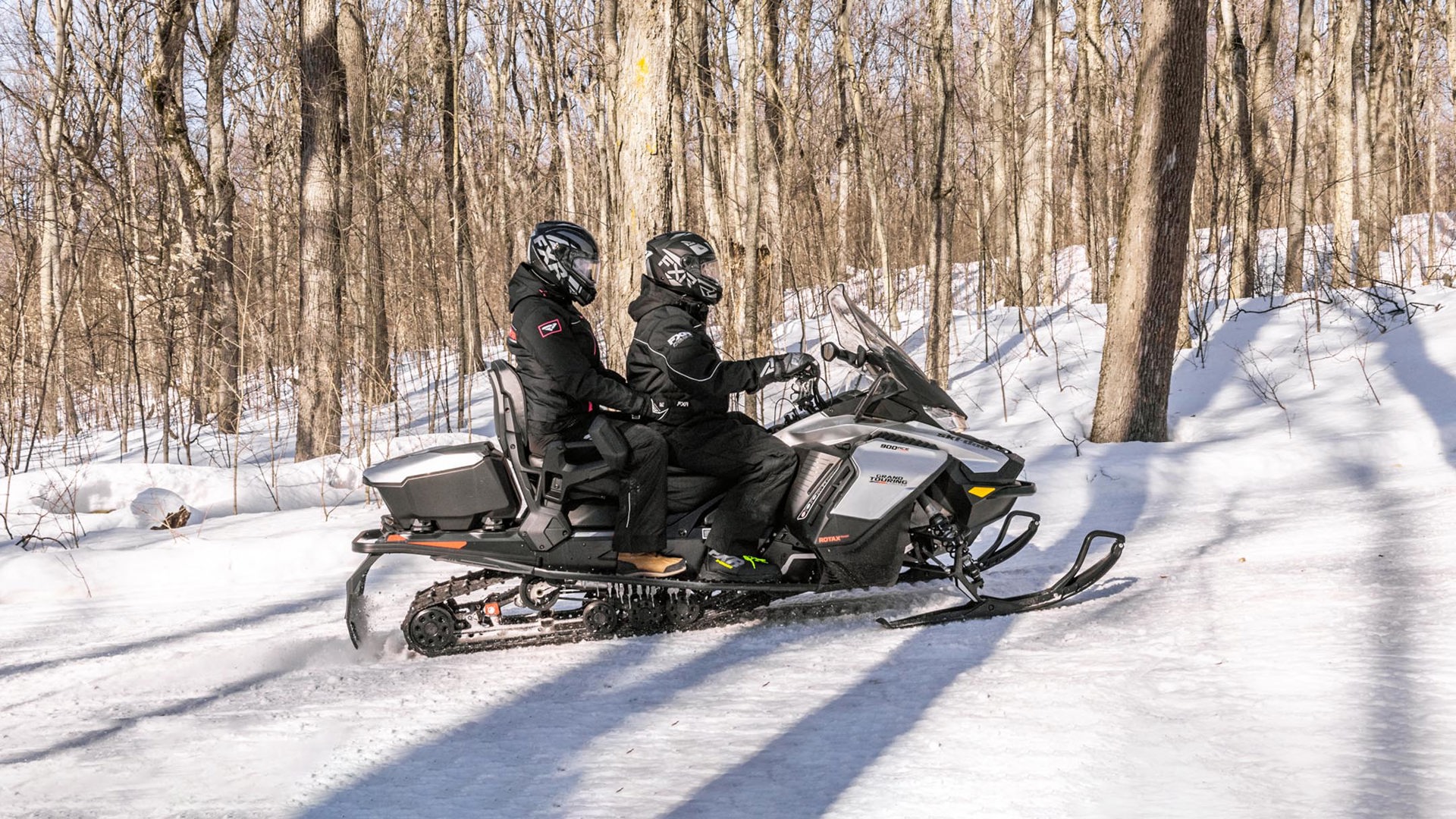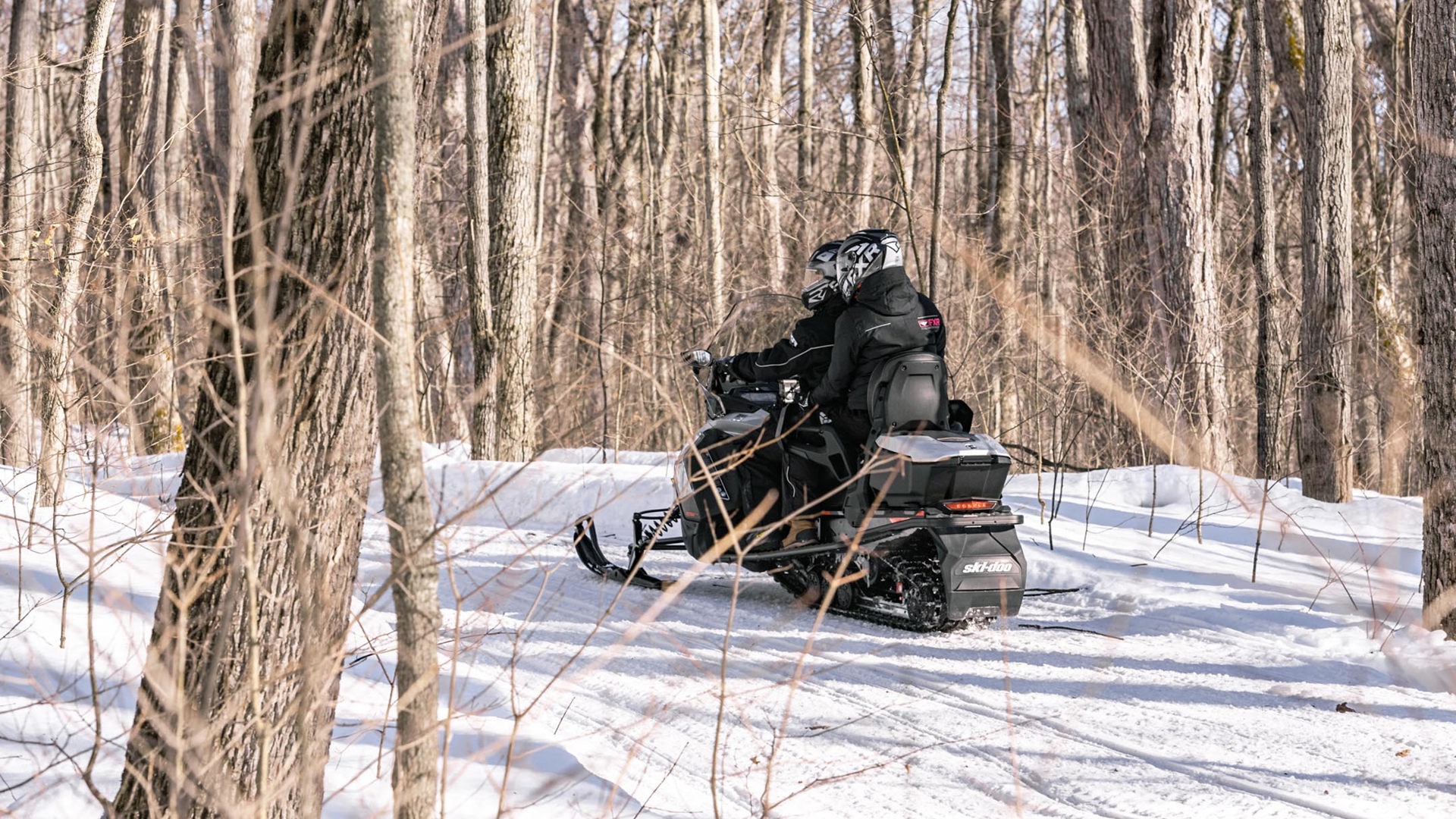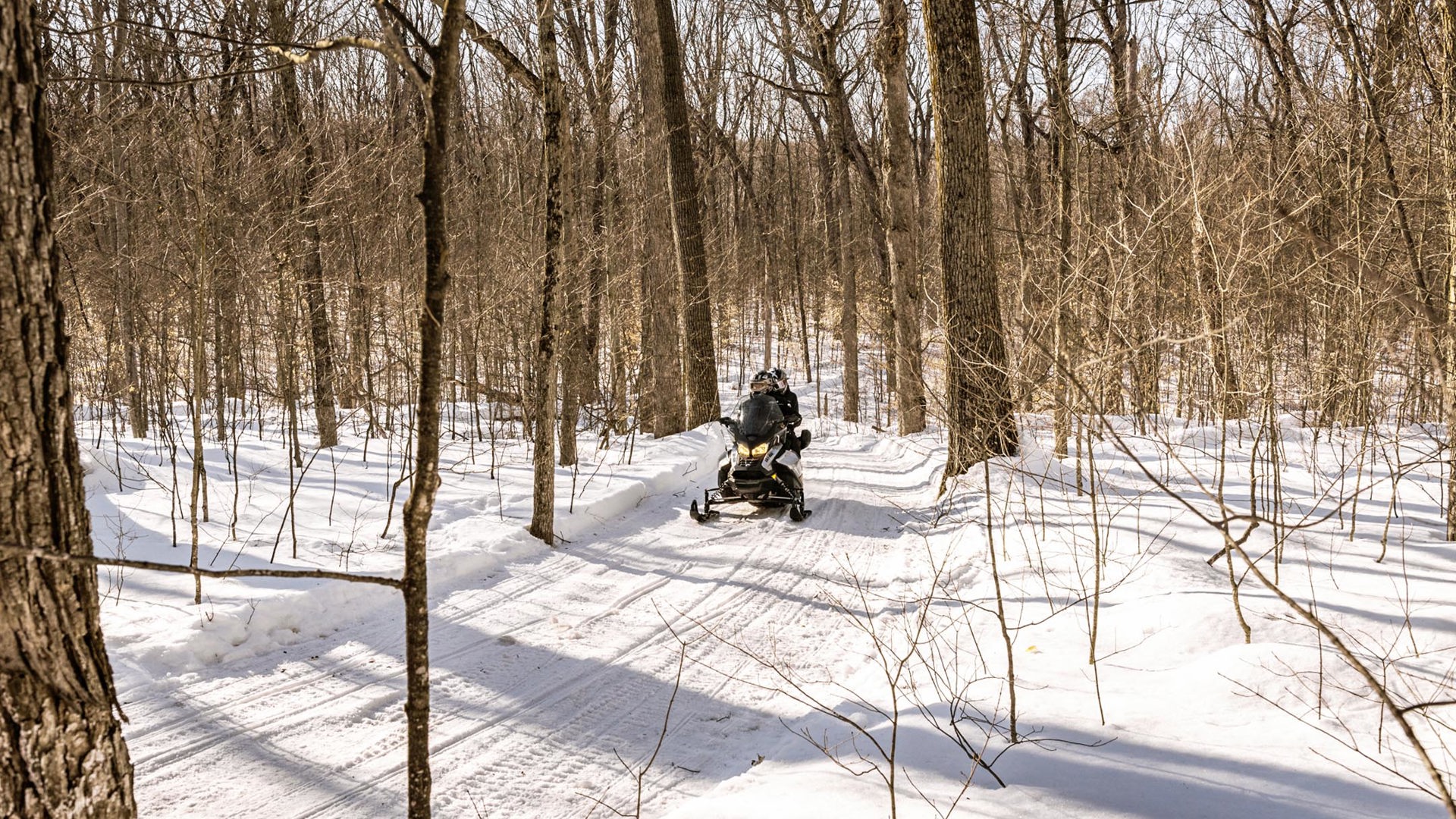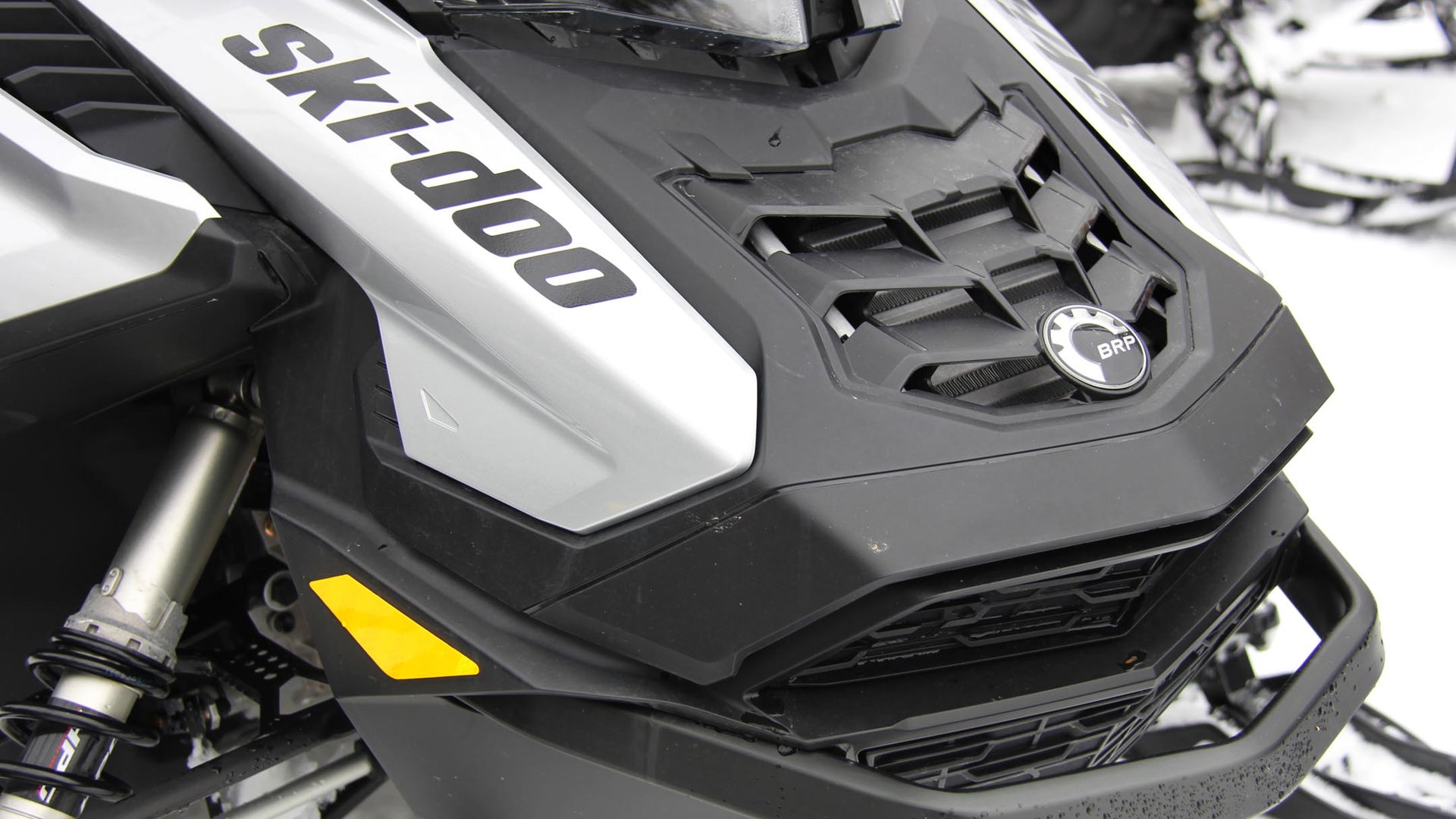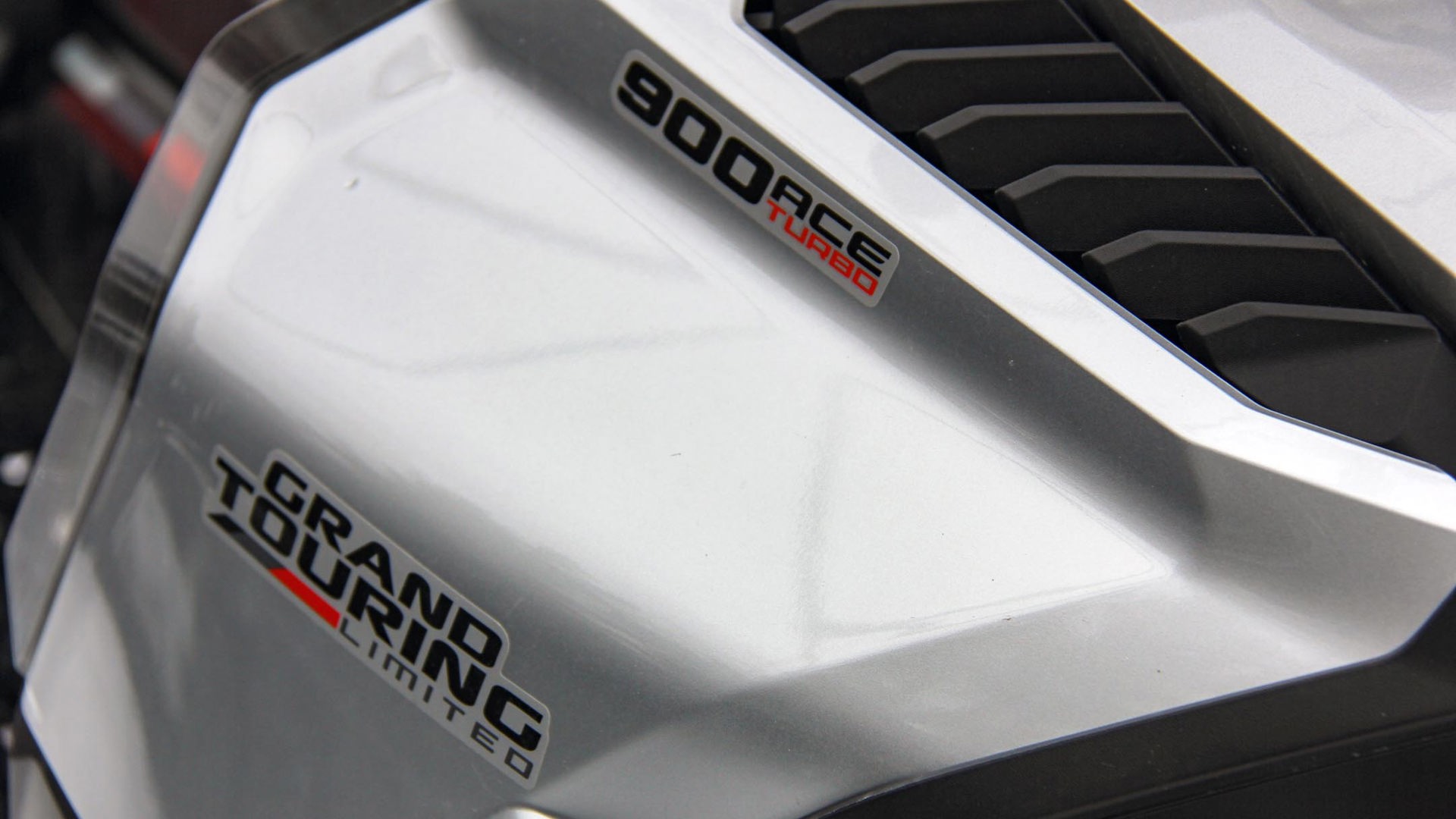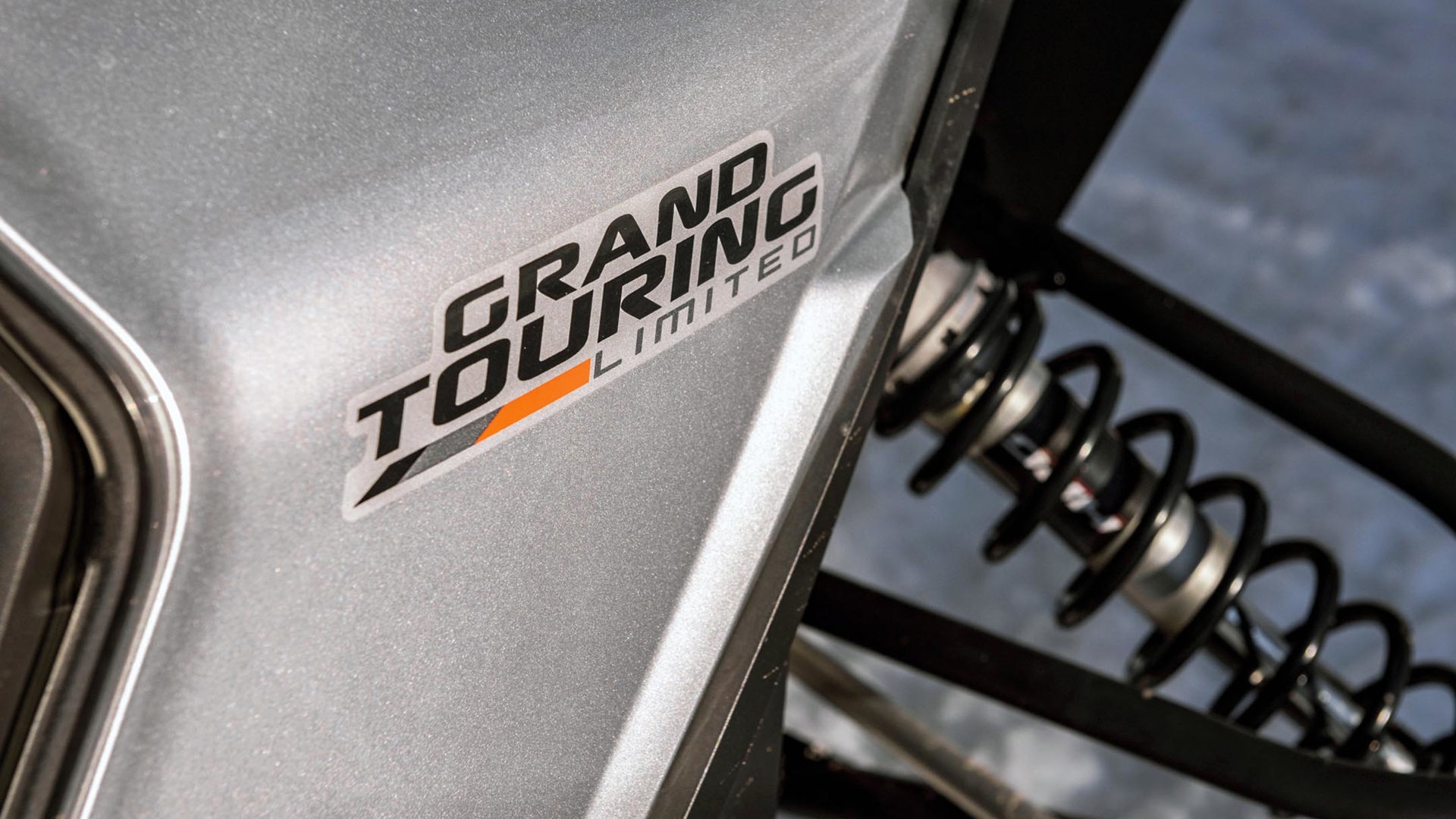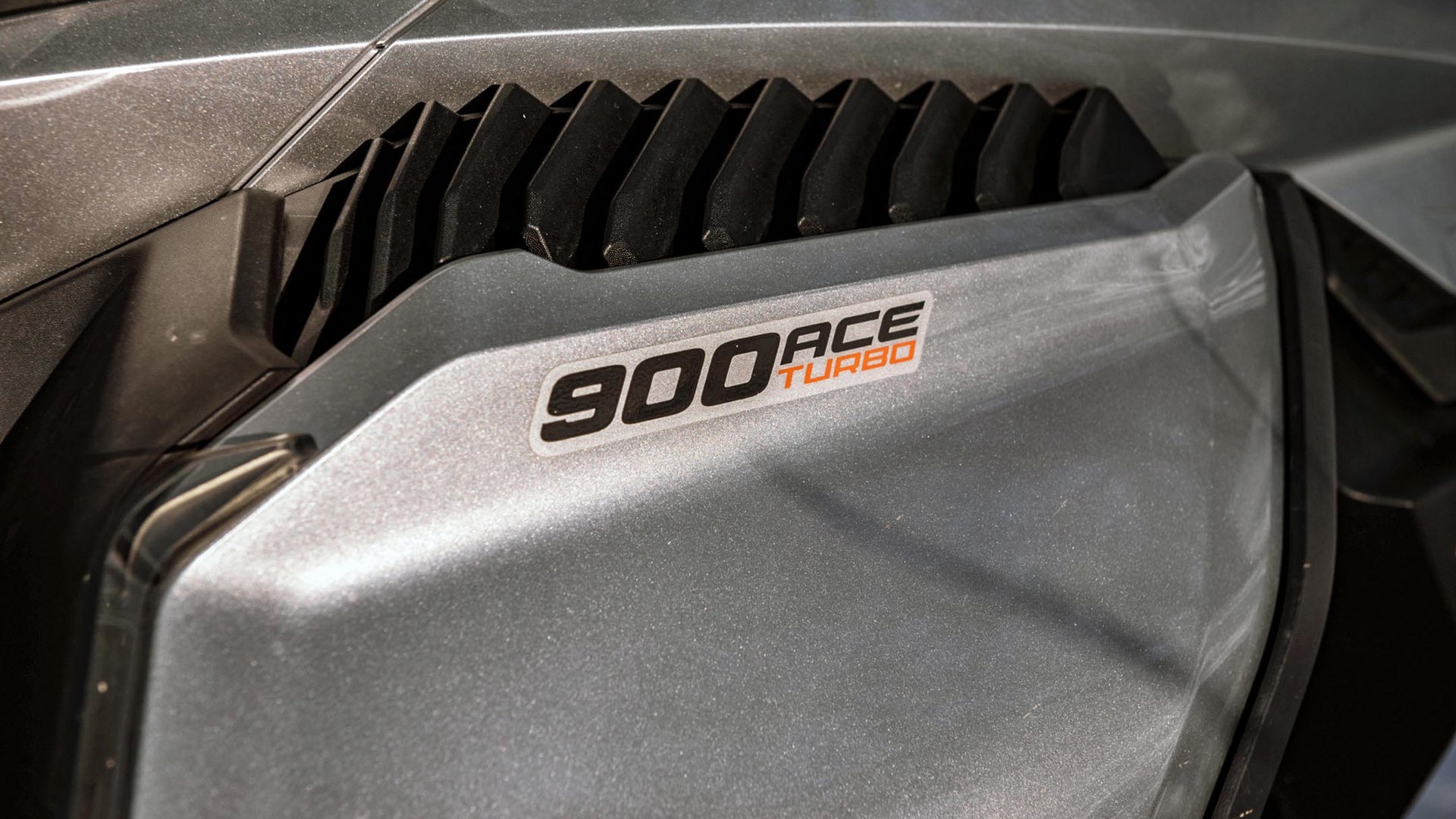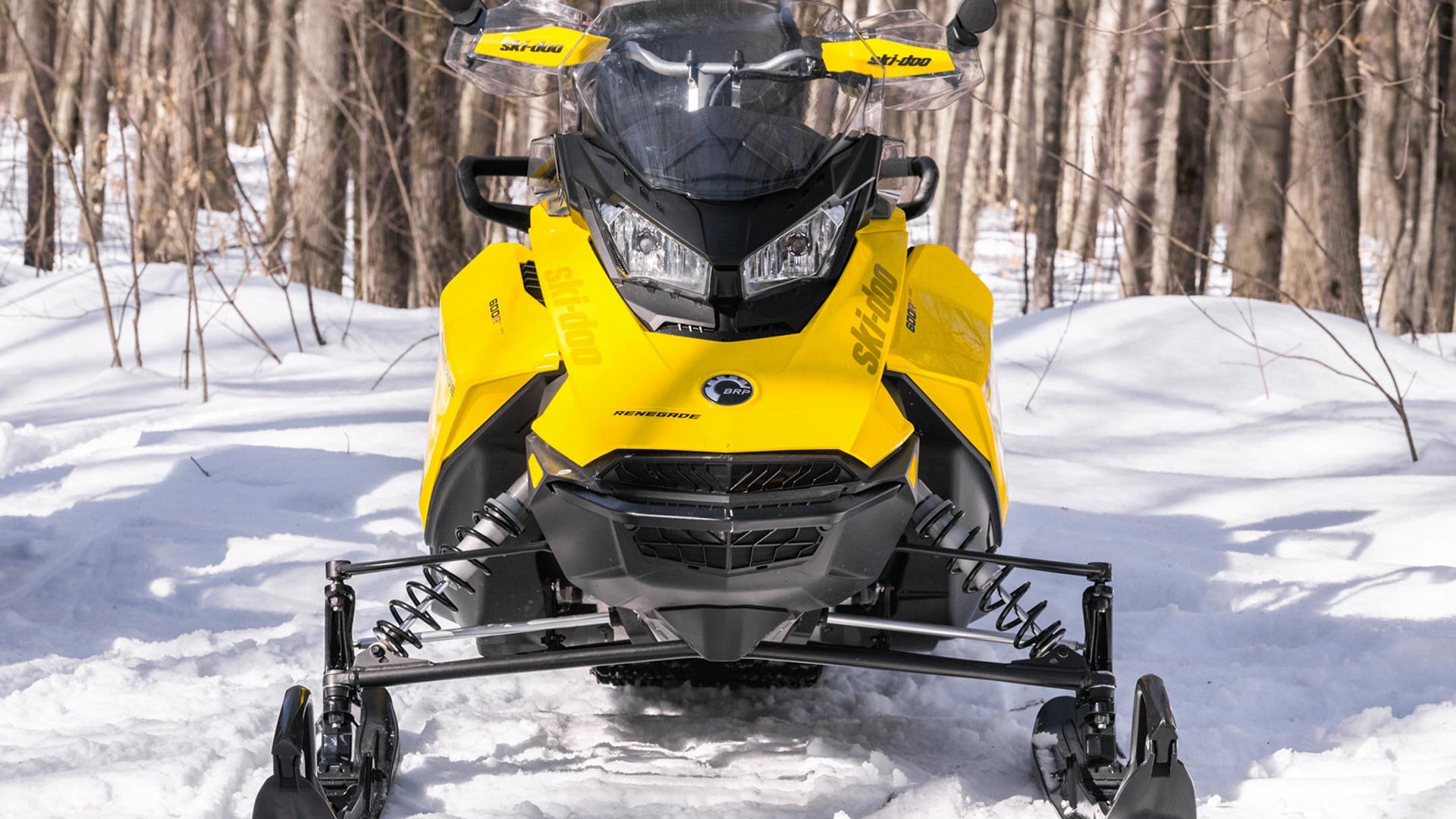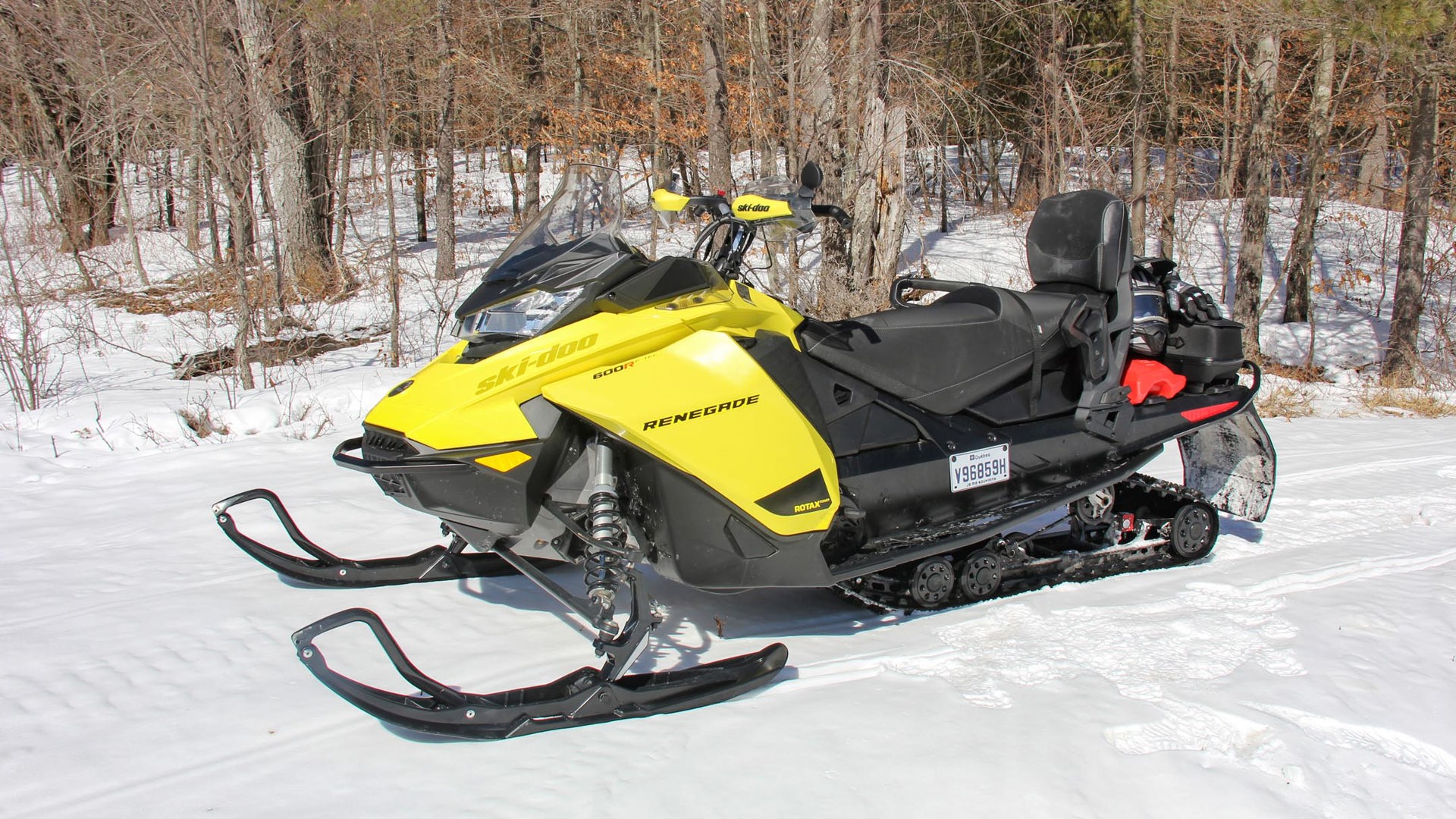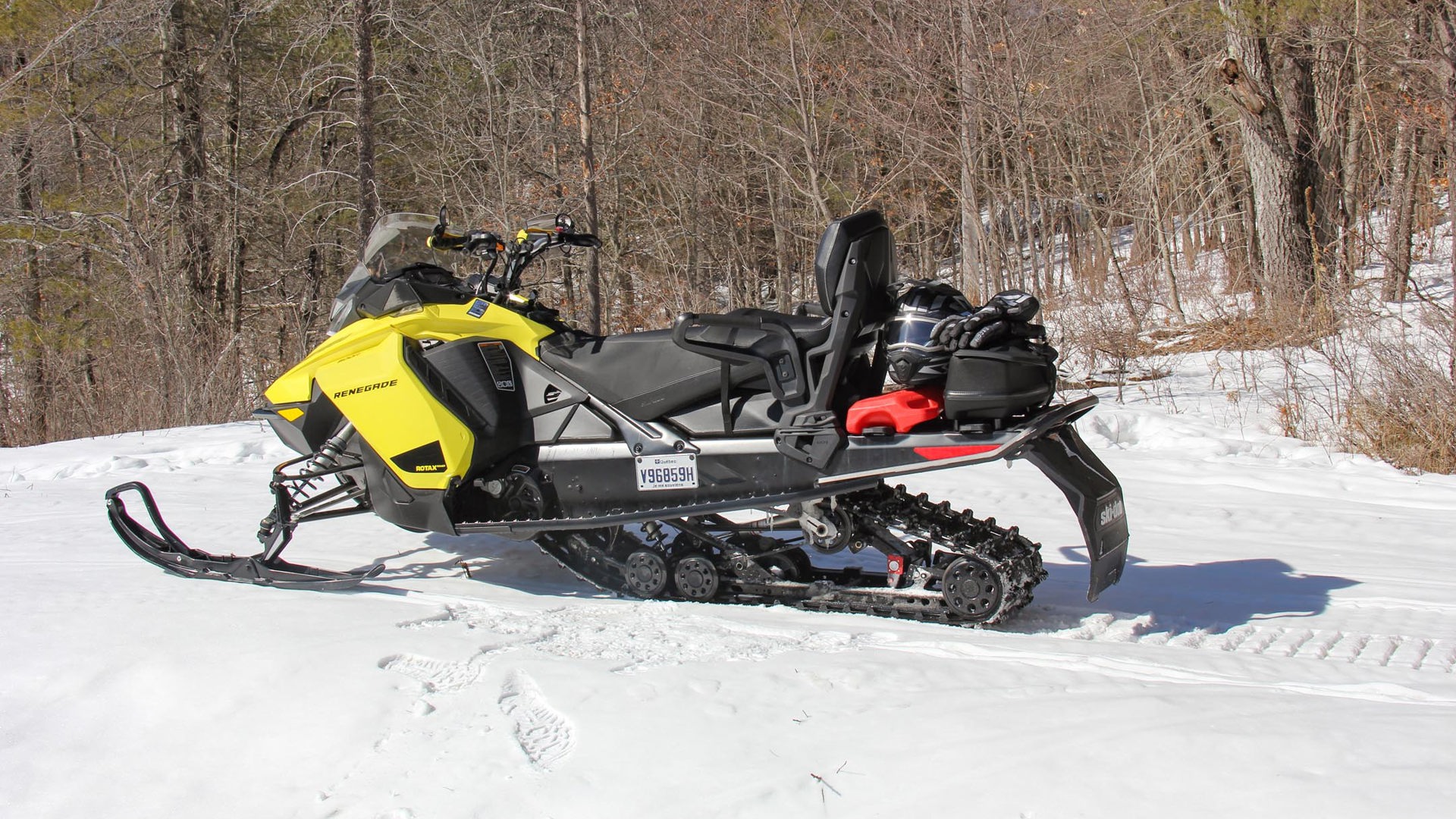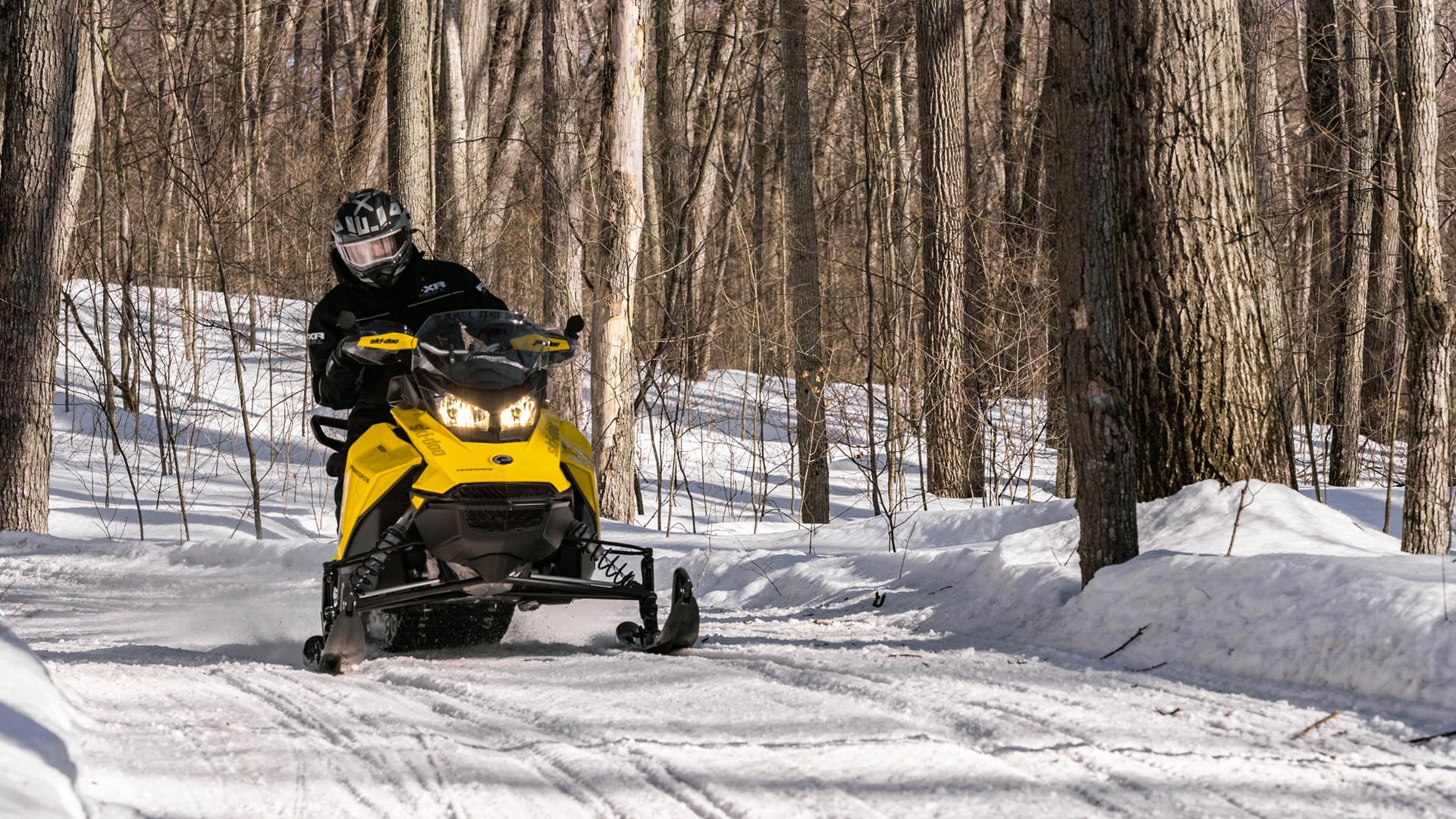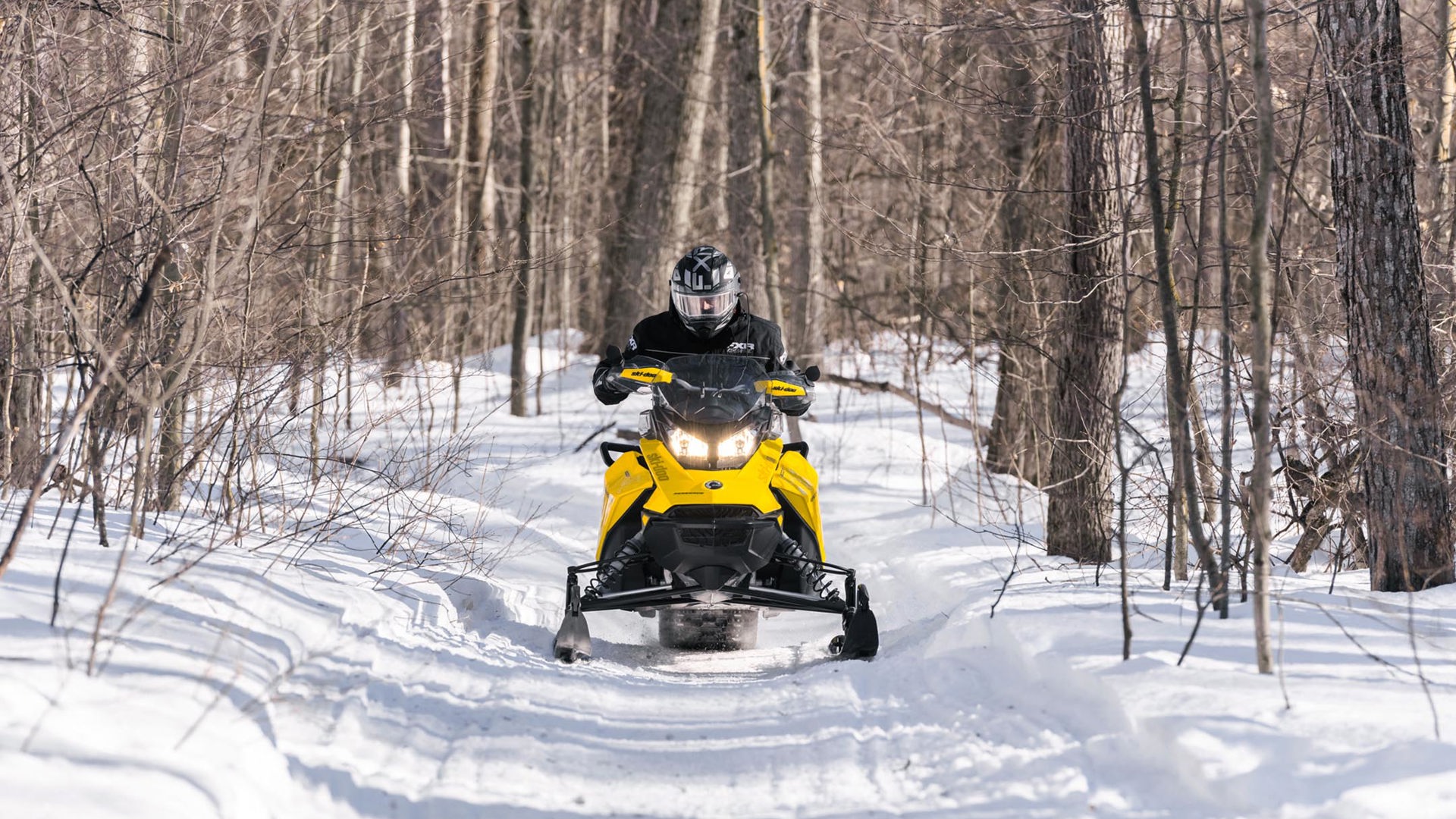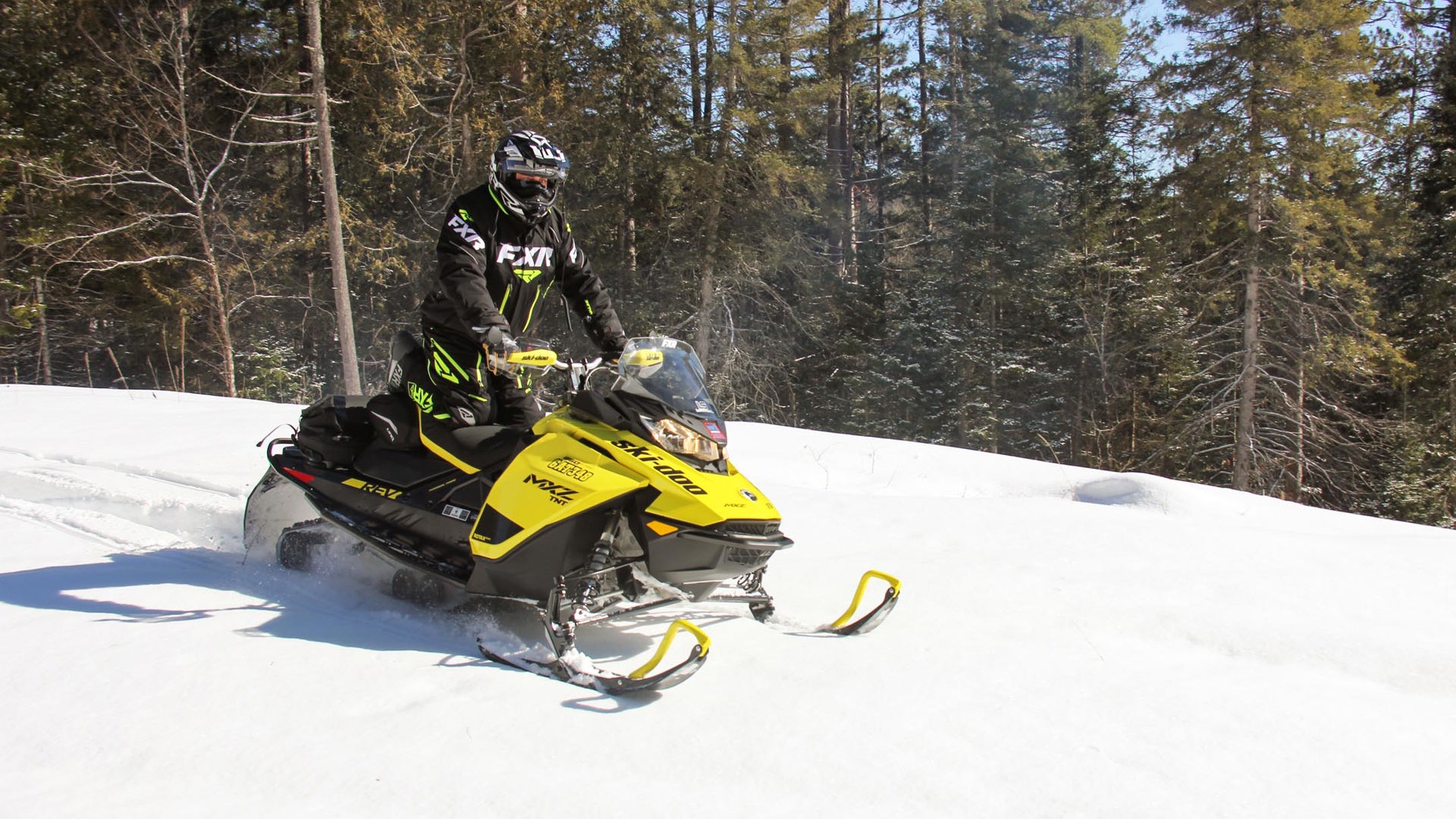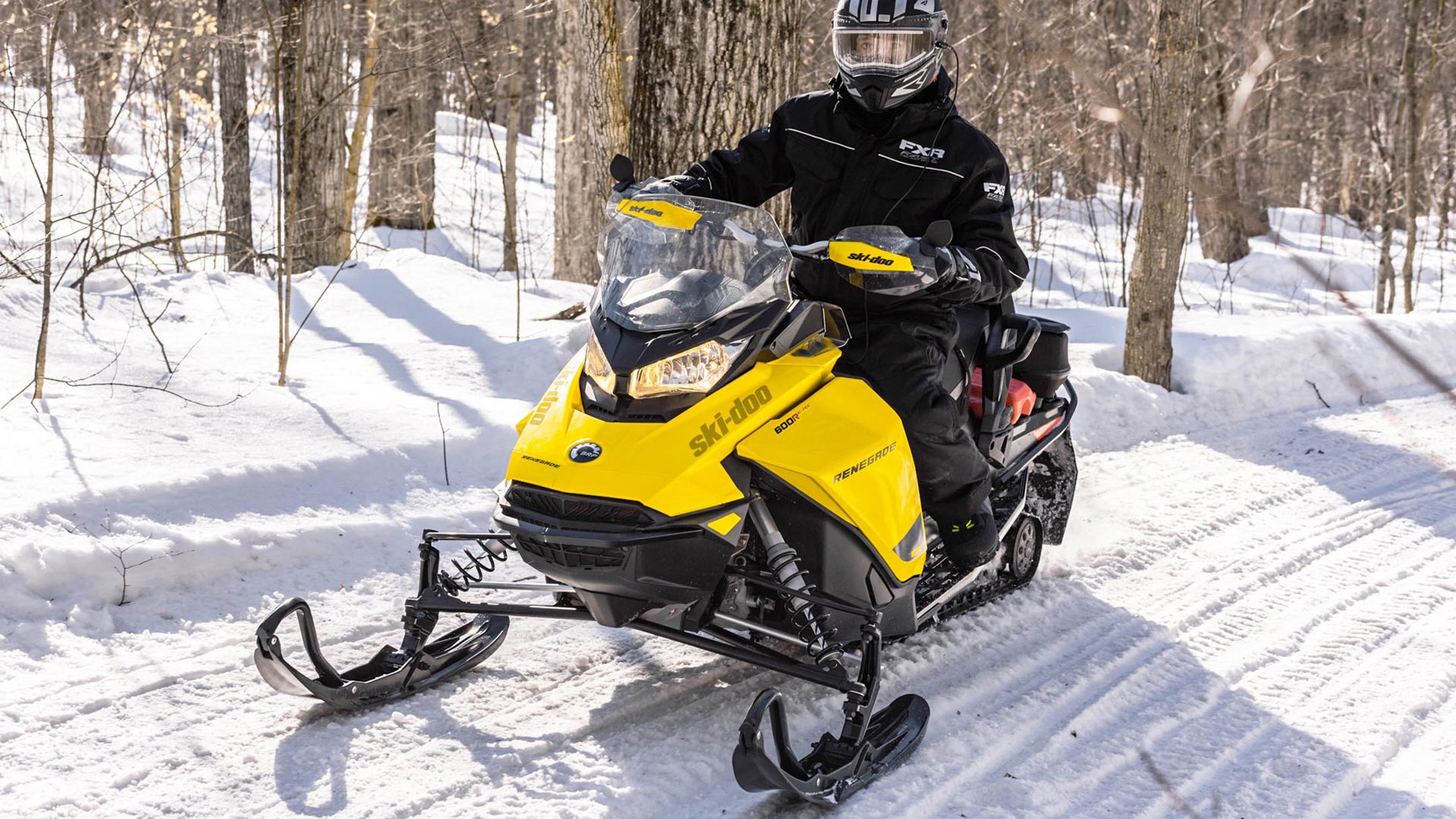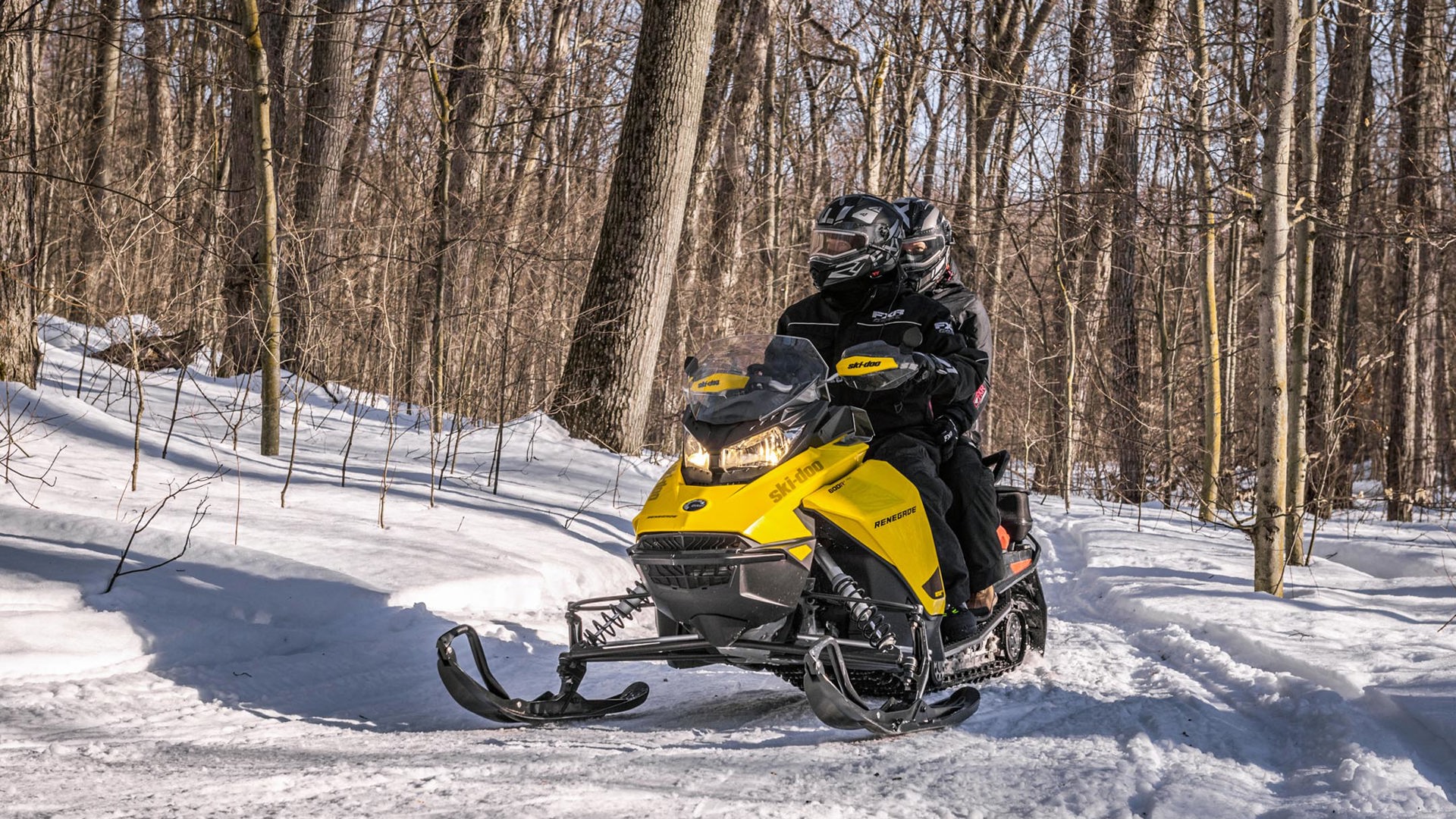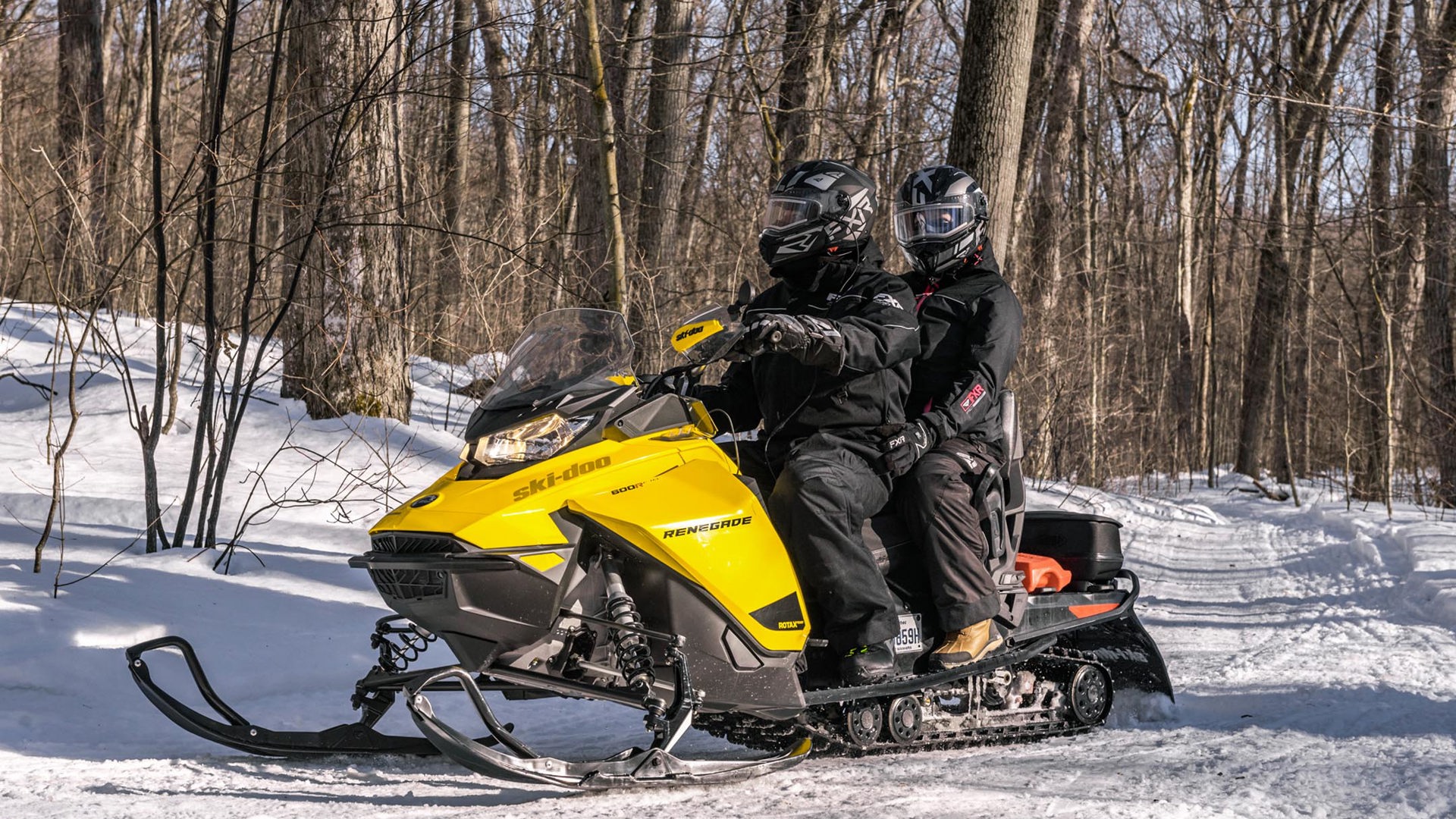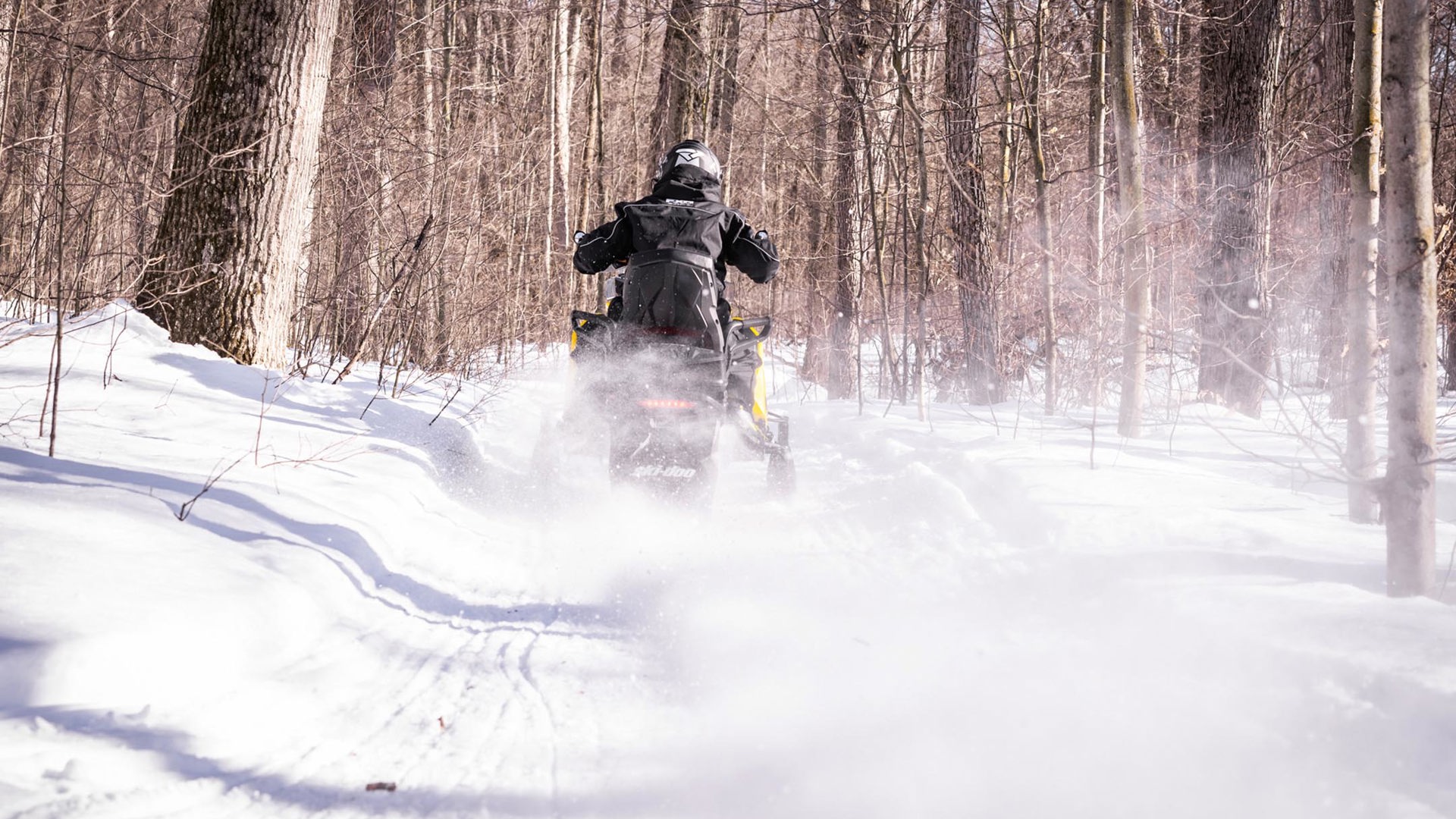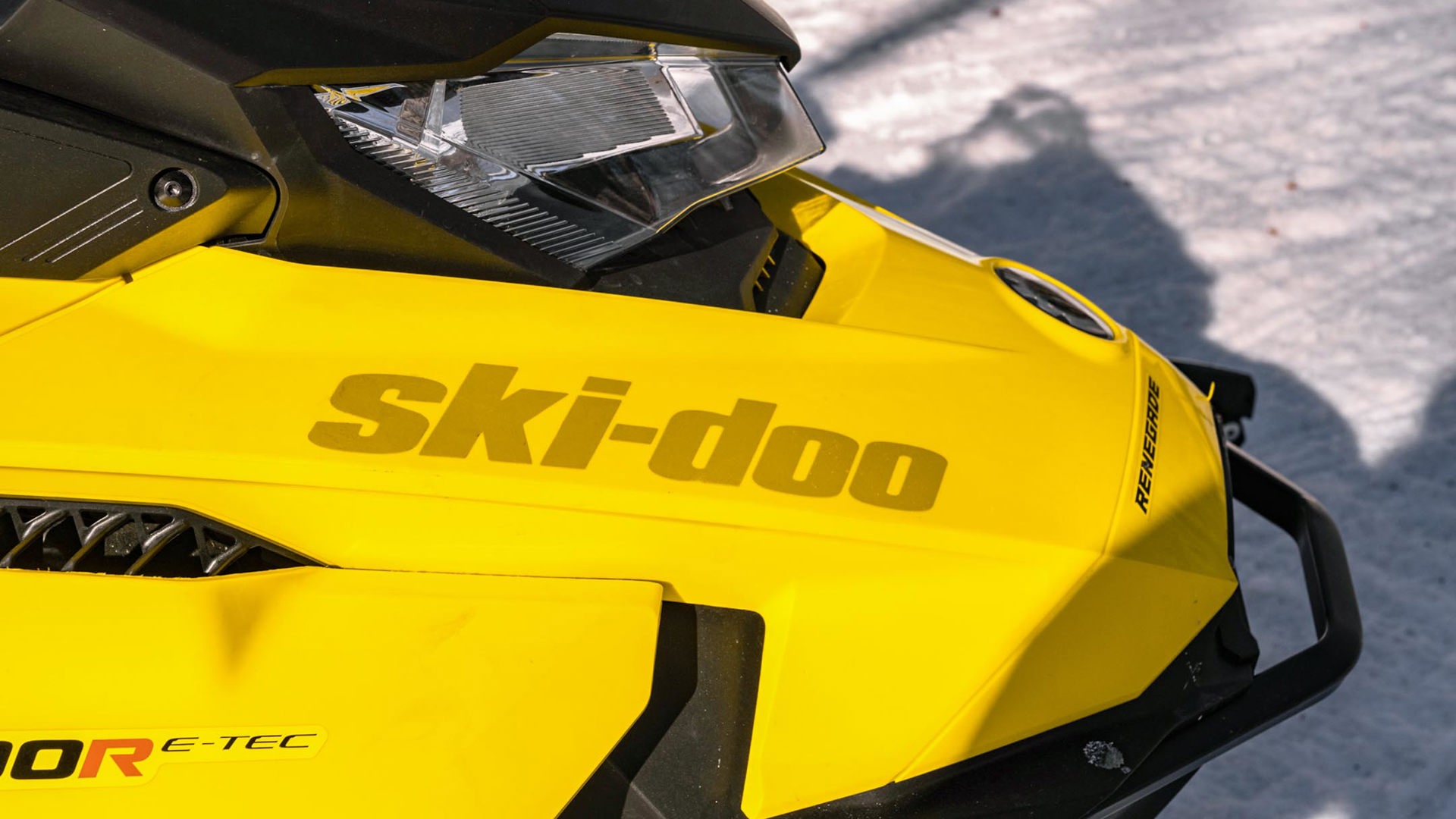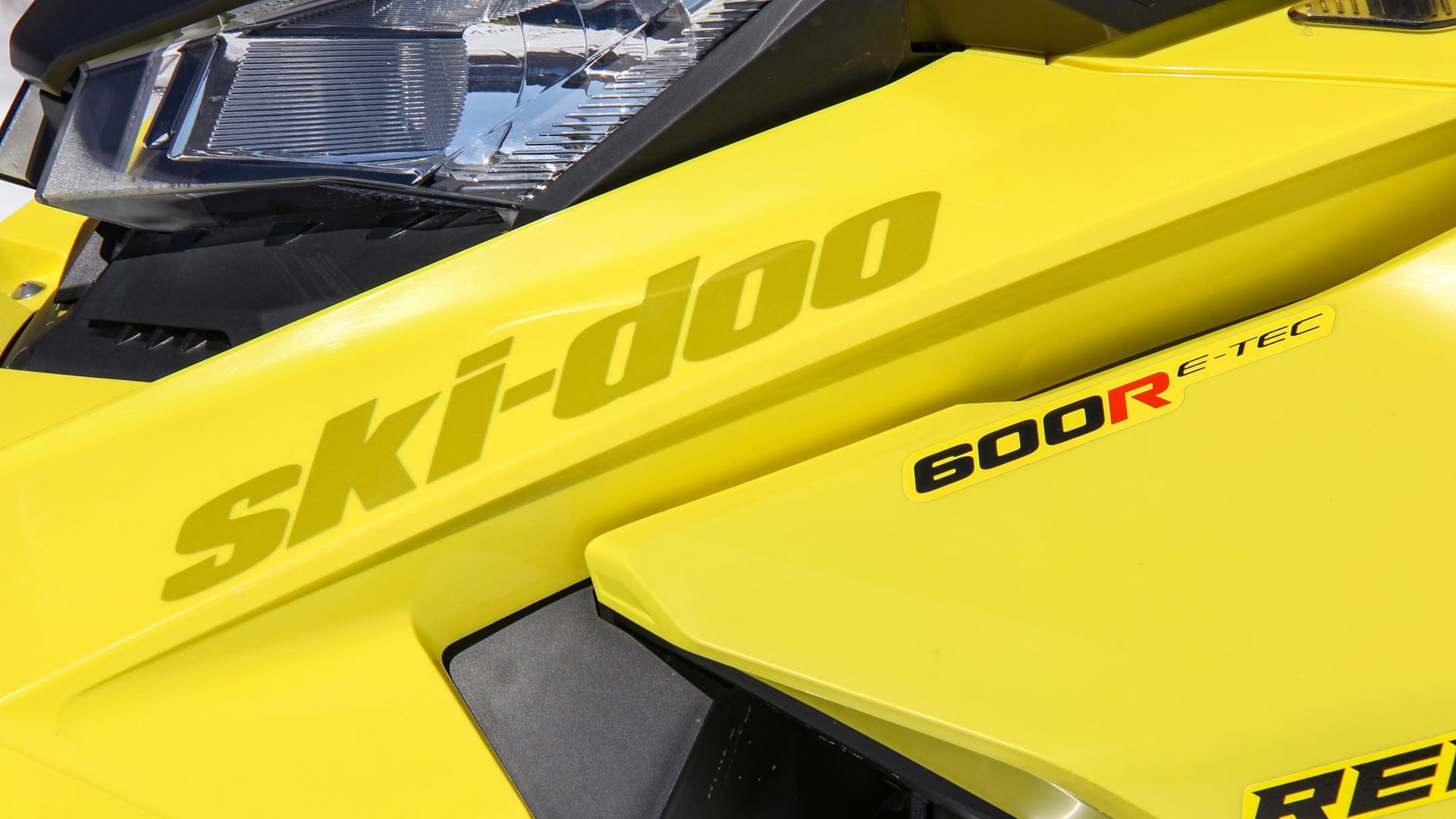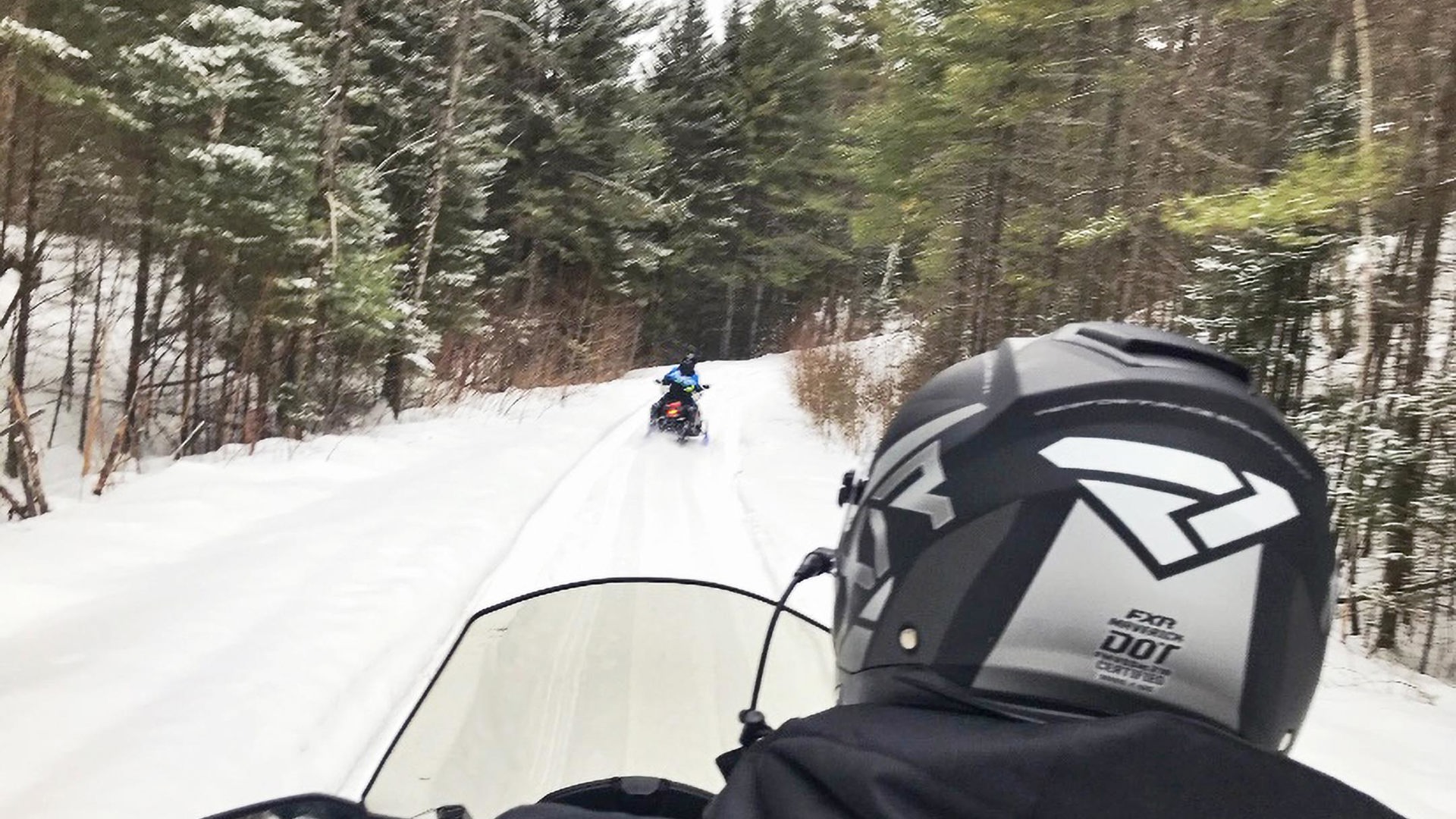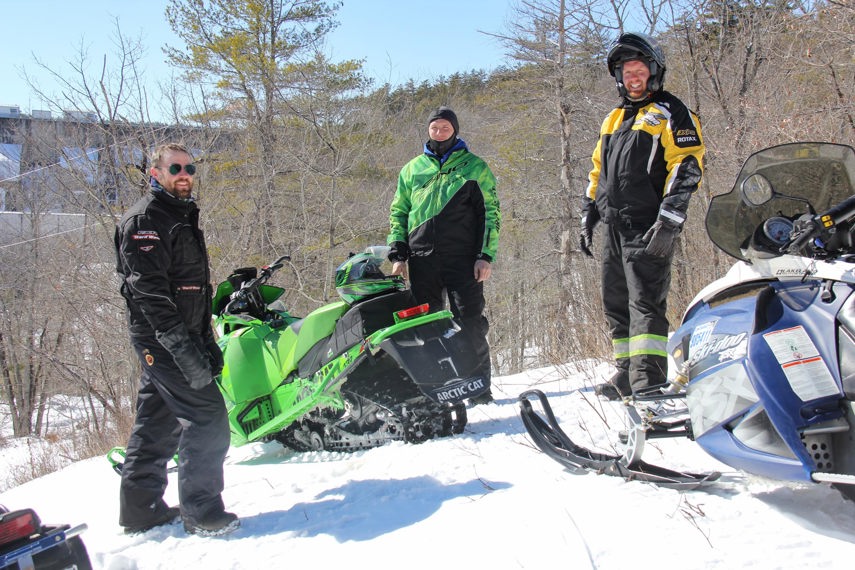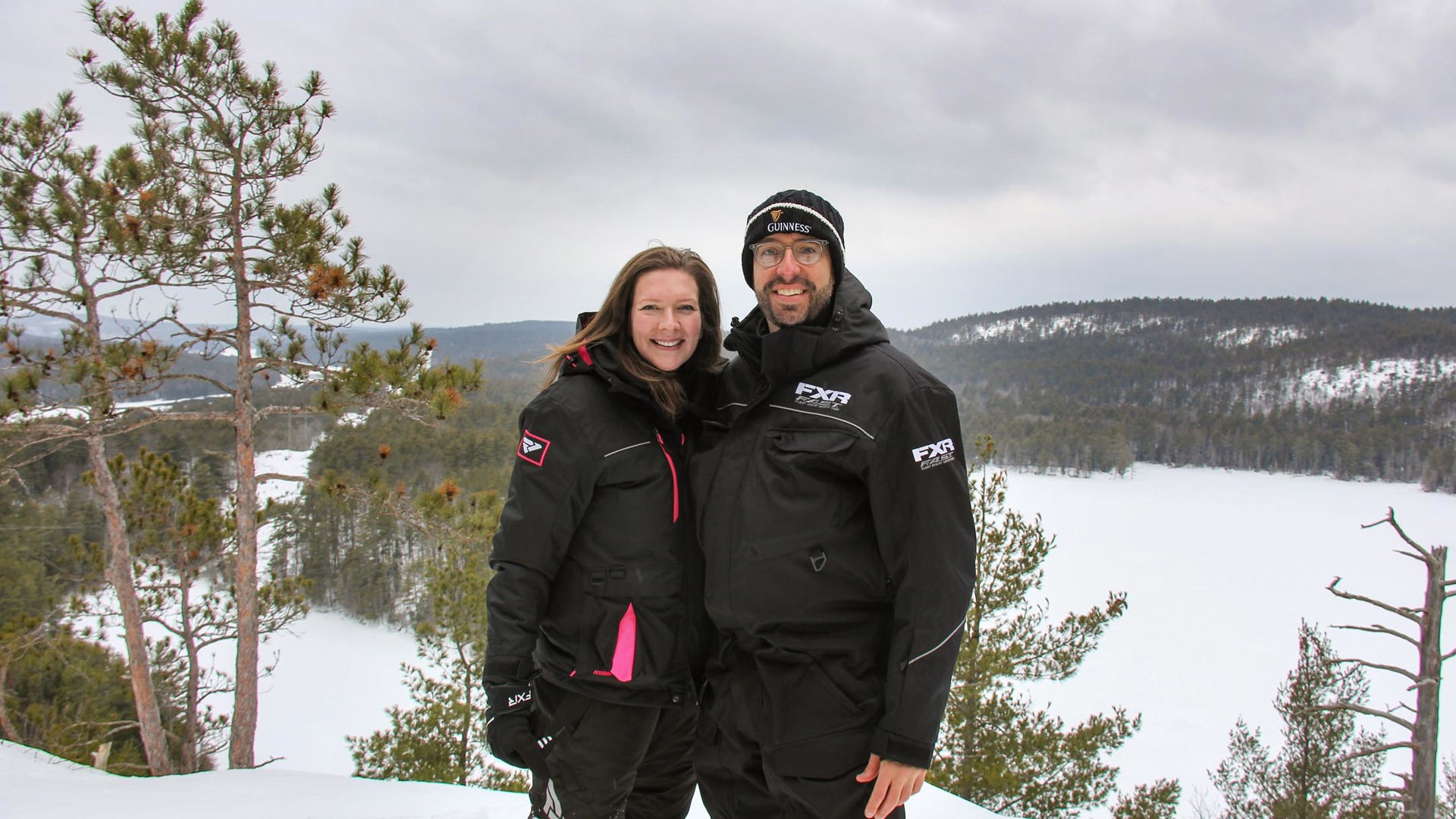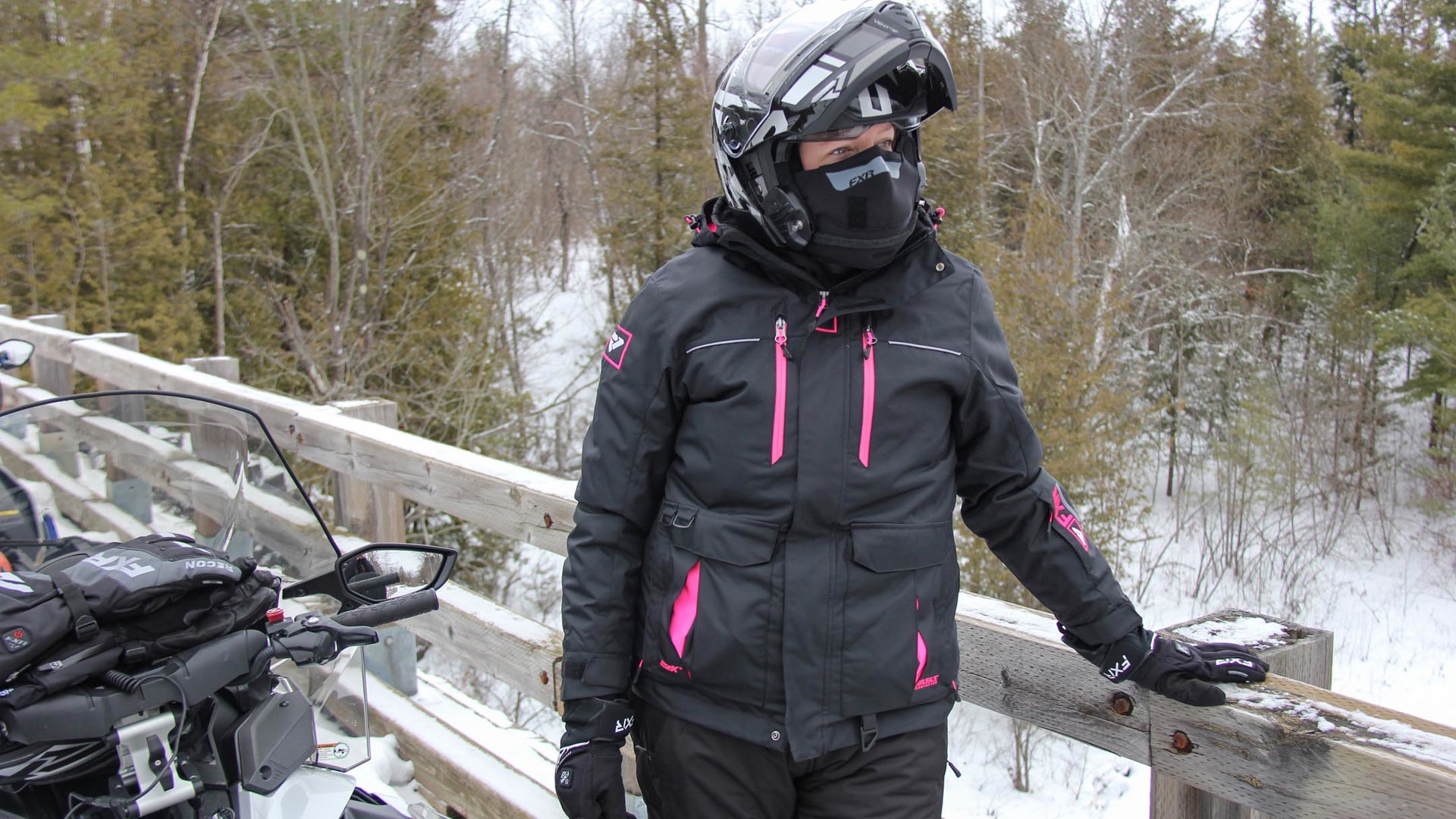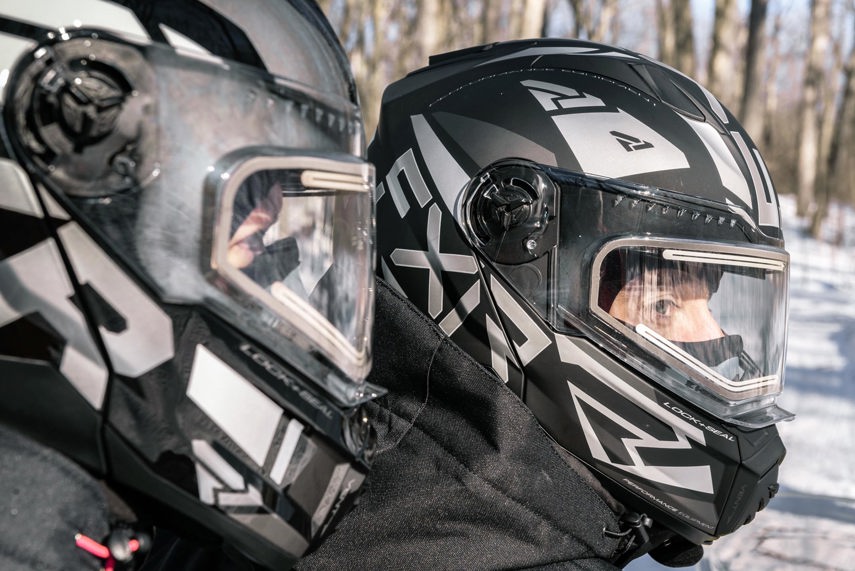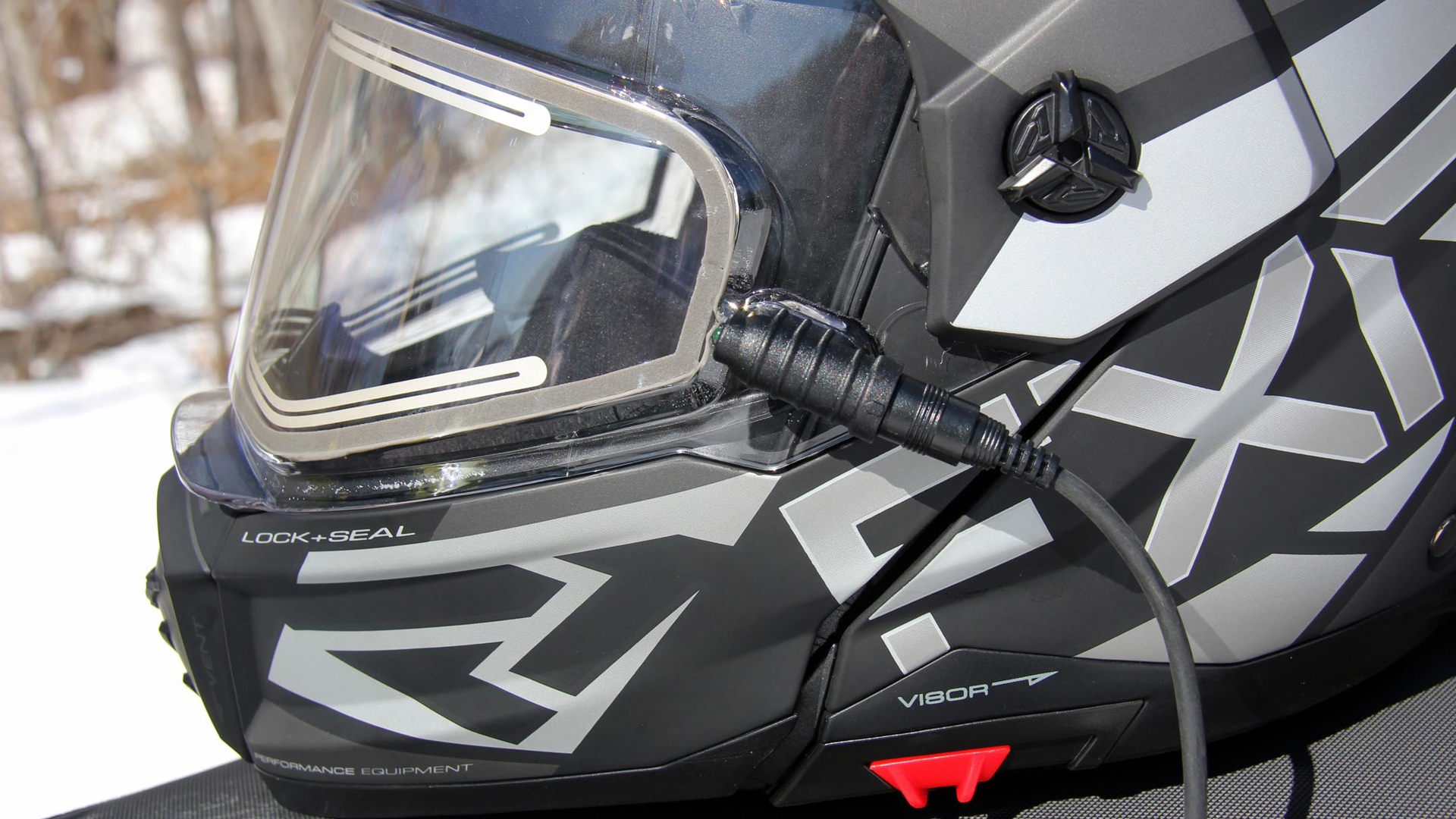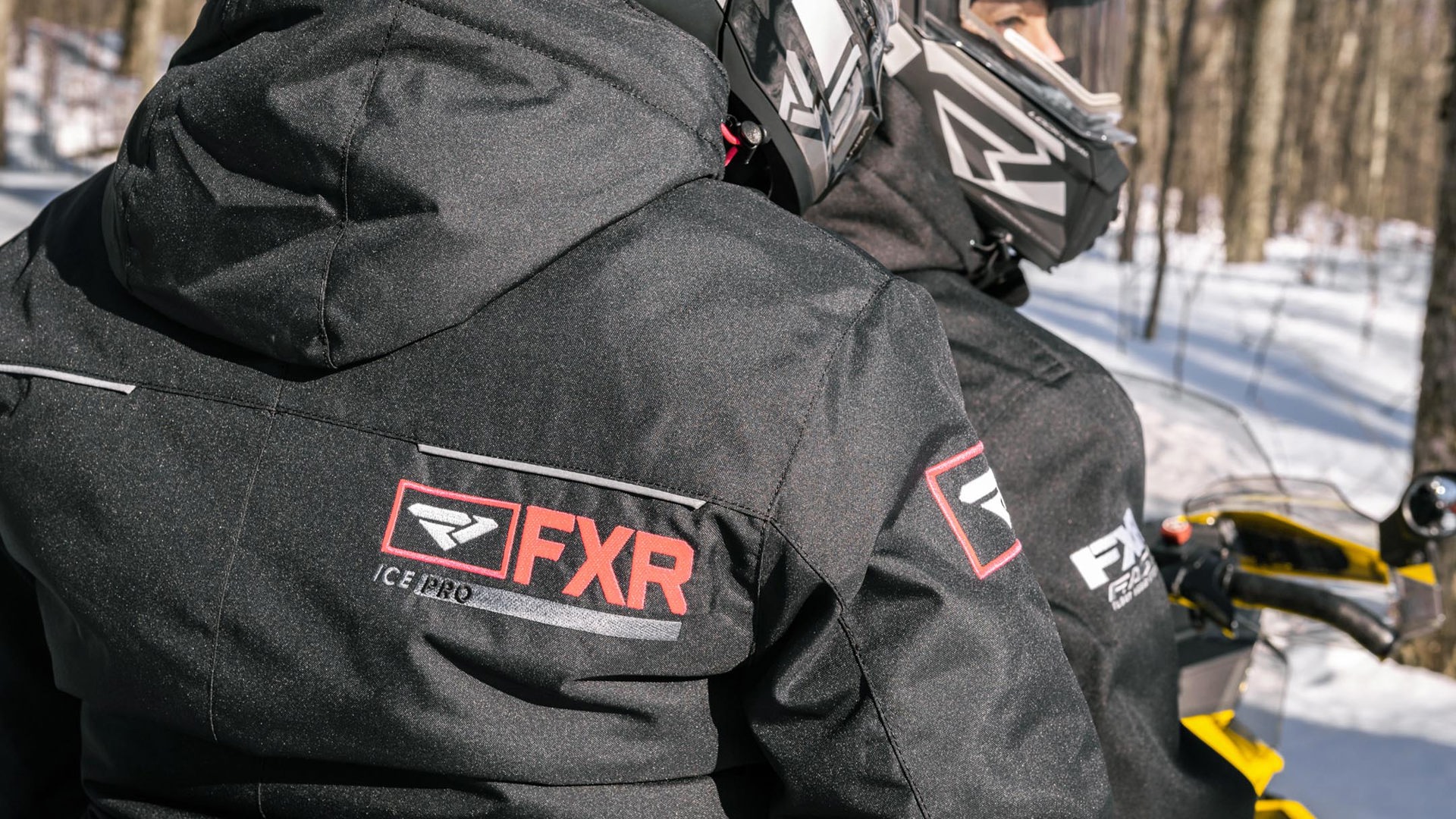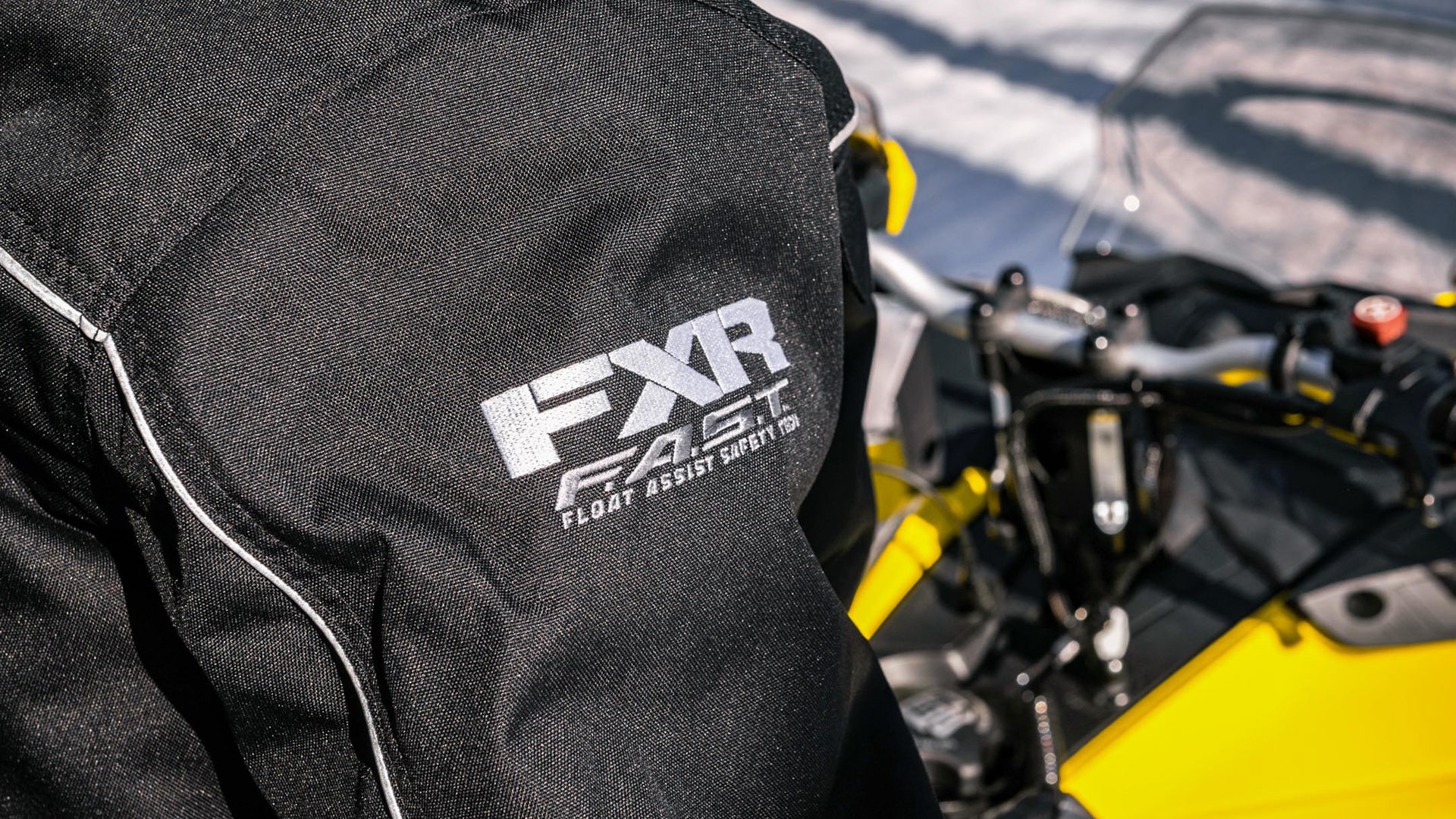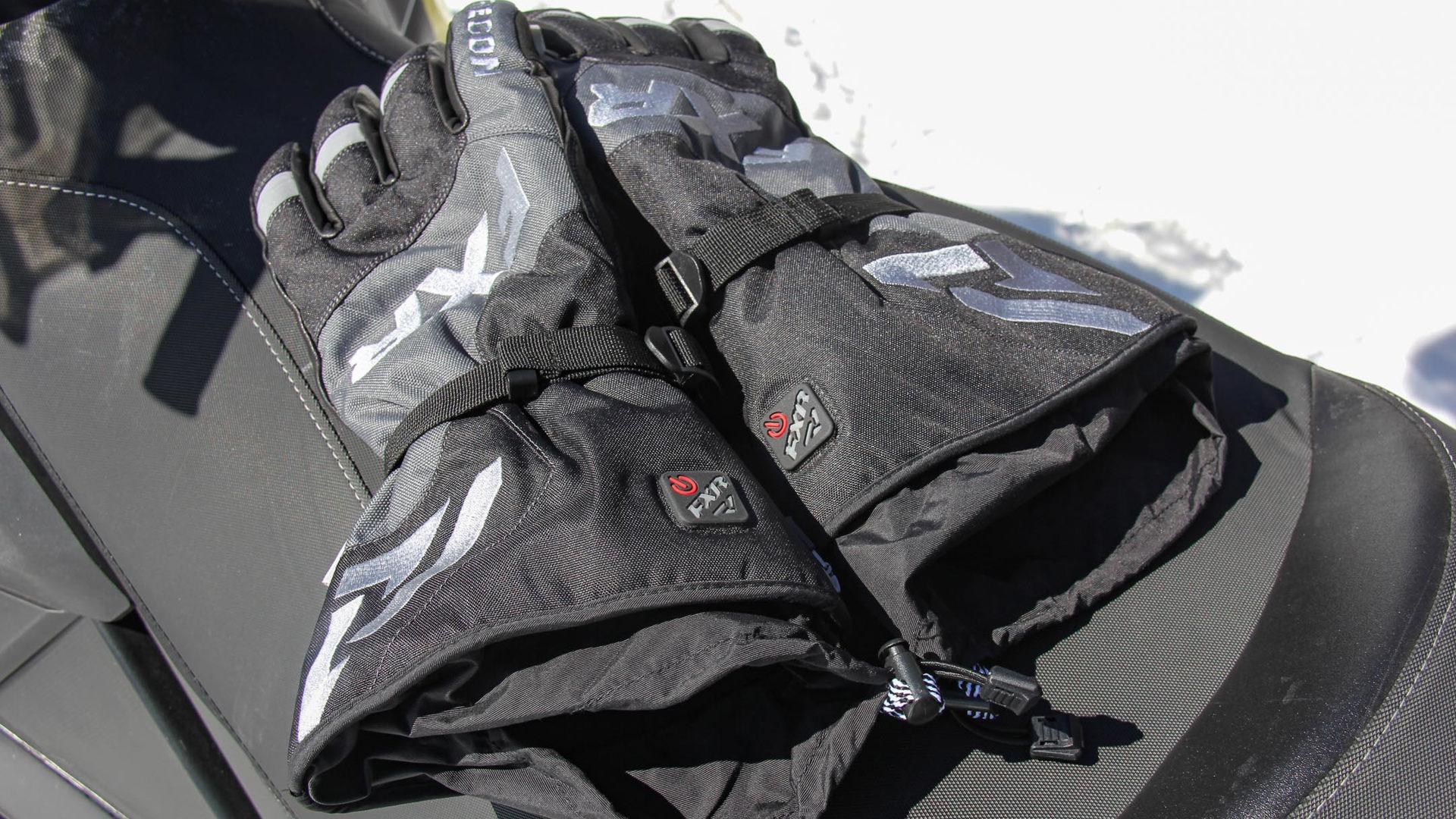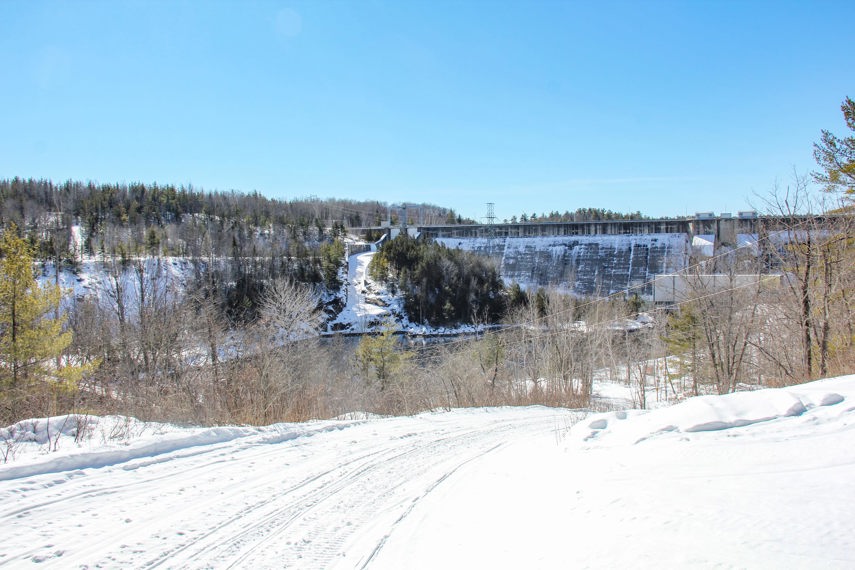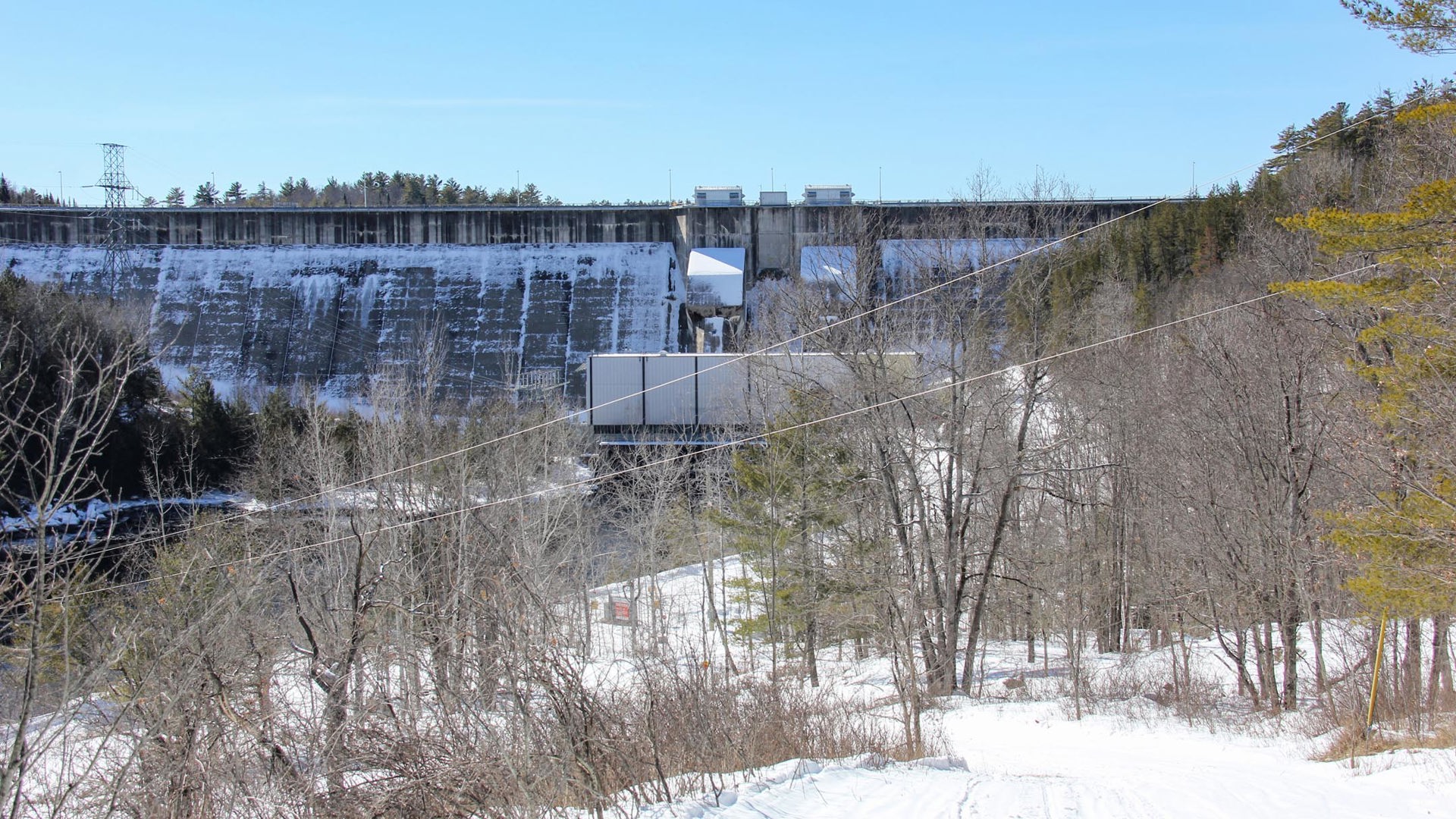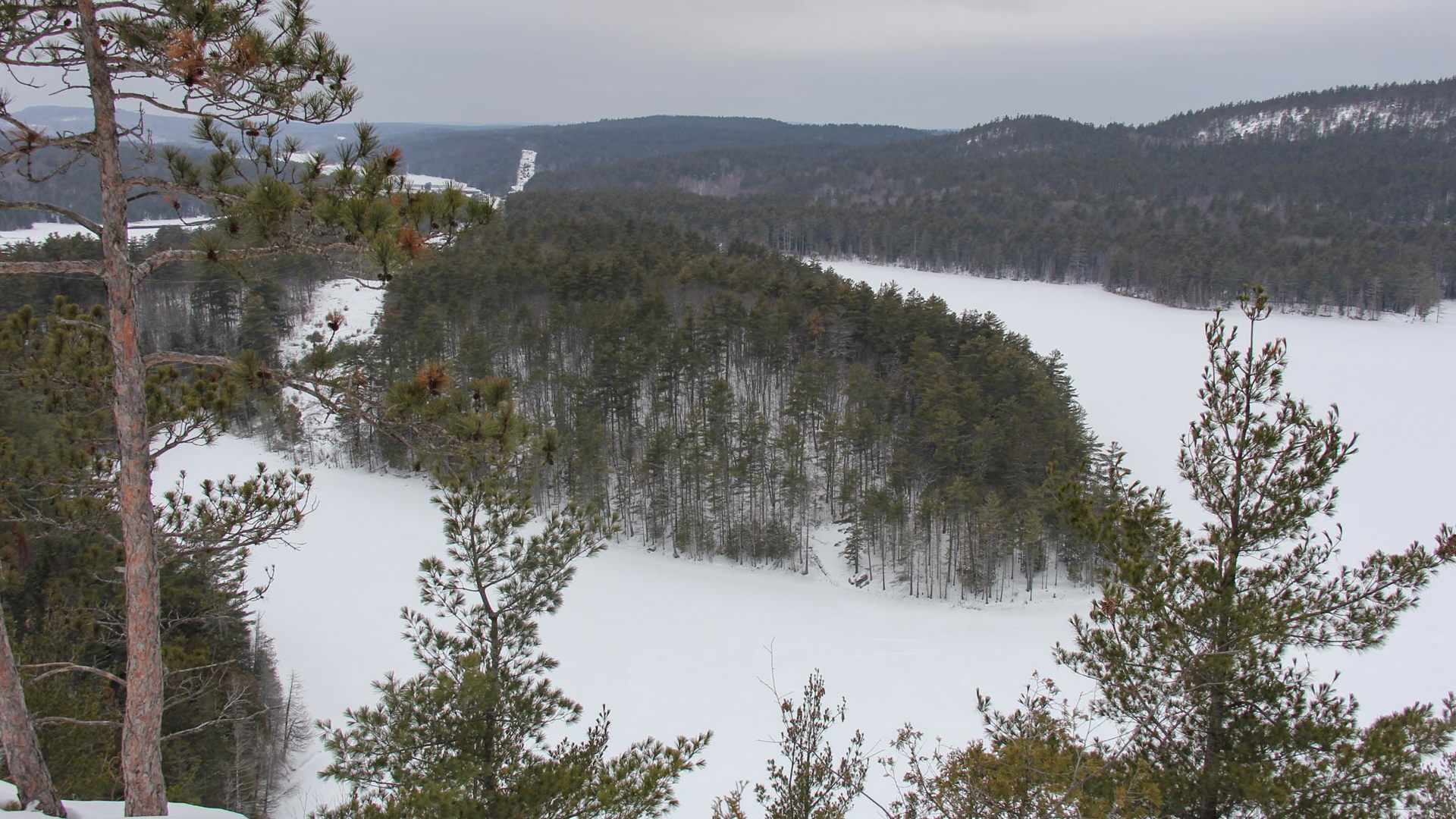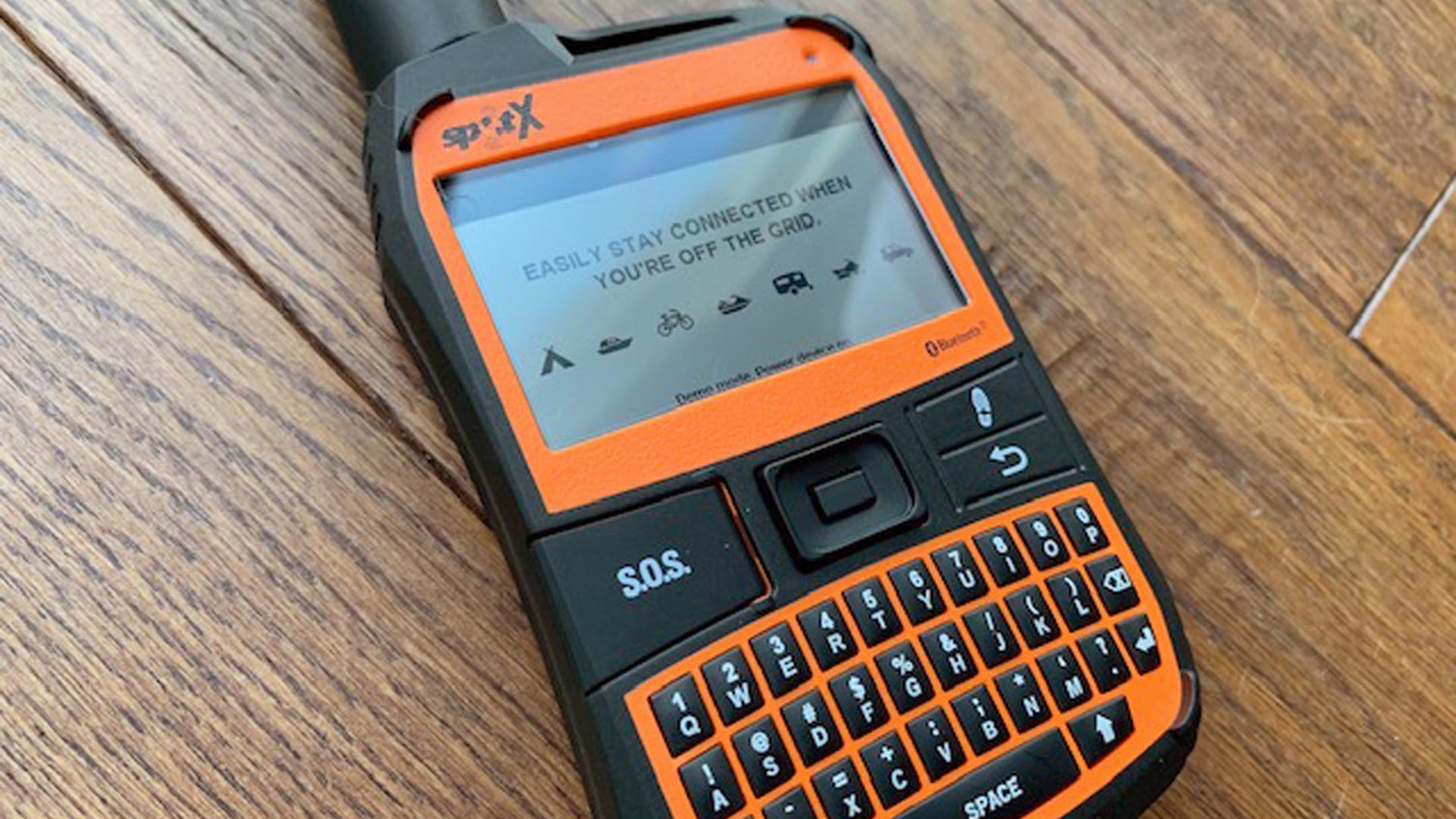It’s no surprise that many Canadians have been attracted to snowmobiling as a recreational activity this winter given how easy it is to socially distance while getting out of the house to experience nature. Dealers have seen a massive influx in sales, and traffic to our marketplace has skyrocketed from people on the hunt for a new or used sled.
By its very nature, riding a snowmobile regularly involves travelling to remote areas where you’ll experience adverse, possibly dangerous weather conditions, so it is an activity that should not be taken lightly. The machines themselves are powerful and there are many potential hazards. If you are new to the sport or returning to it after many years, there are many elements that should be considered to ensure your comfort and safety. With a little preparation, you and your friends or family can have a whole lot of fun.
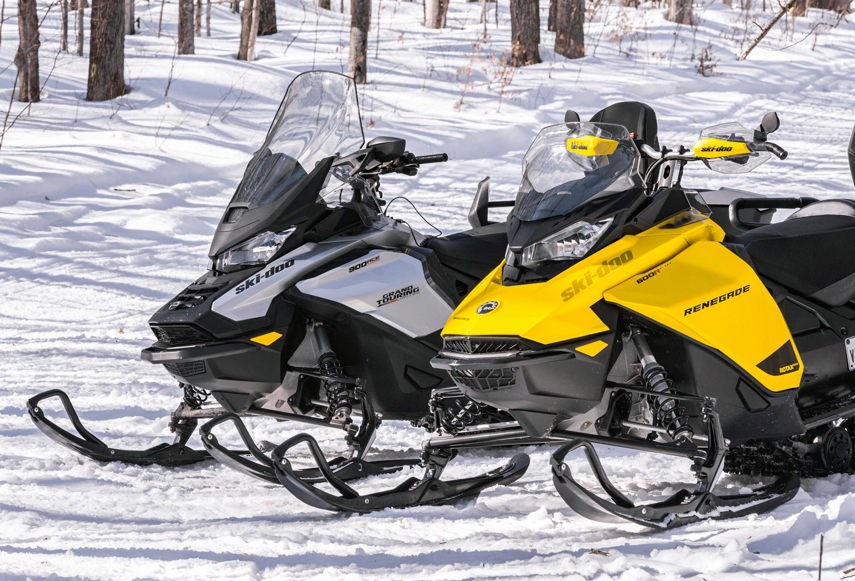
Where Can you Ride?
There seems to be a fair bit of mystery and miscommunication here, but snowmobiles are not allowed to ride on the road, or even the plowed portion of the shoulder, except to access crown land, private property or trails. Riding in between the shoulder and the fence line is permitted, but check with your municipality to confirm. In order to ride on a trail, you must have a valid permit purchased from your local riding club or trail organization. These fees go towards year-round maintenance and winter grooming.
License requirements vary by province, but if you're riding on anything but private property you'll need to hold a valid driver's license. At 12 years of age, you can obtain a Motorized Snow Vehicle Operator's License which allows you to ride on crown land and trails, but not on public roads.
Choosing Your Weapon
Sled options may be limited by availability at the moment as inventory is being snatched up in record numbers. Budget is important, but remember that the purchase price is just the beginning. You’ll also want to consider licensing and insurance, maintenance, possible storage, and fuel costs, plus the price of annual trail passes if applicable. If you plan on using a trailer to tow sleds, you’ll also need to account for the cost of licensing and maintenance for that too.
Getting into a new hobby also involves getting outfitted in the proper gear, but this is even more crucial when it comes to winter powersports. If you’re returning to the sport after a long hiatus and are planning to repurpose those old helmets, boots, suits, and gloves, think again because gear has improved drastically. Also, be honest – you’re going to do some aftermarket upgrades to personalize your sled and make it your own, so it’s best to consider that from the beginning too.
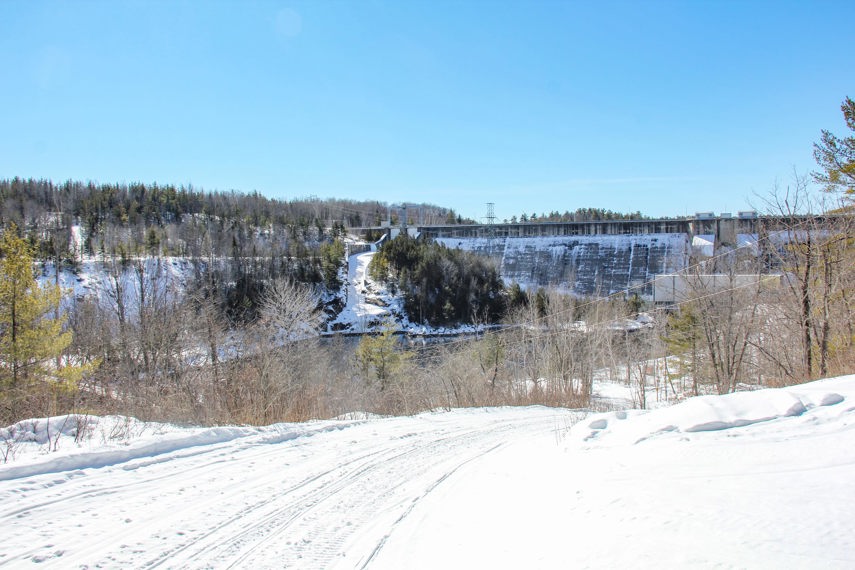
Location and Lifestyle
The kind of riding you’ll be doing will play a large role in the sled you buy. Are you looking for a light, agile runabout to bomb around your cottage property, a comfortable touring sled to tackle long distances, something that can handle provincial sled trails and crown land, or a workhorse to be put through its paces on a farm or large property? Snowmobile design and technology has come a long way, with models being purpose-built for their intended use. Sleds developed for deep powder and those for groomed trails are vastly different machines, so there is plenty of choice. This should lead you to decide how big of a track to go with and whether ice studs or snow paddles will be beneficial or not. Turbochargers, heated seats and grips, windscreens, reverse functions, and saddlebags are also features to consider, whether as stock equipment or aftermarket upgrades.
Adjustable shocks and semi-active suspensions will also help dial in your riding experience based on the terrain and conditions. Consider how much displacement you need, rather than how much you want. The bigger the engine, the heavier it will be and the more fuel it will likely consume. Having spent a week trailering the Ski-Doo Renegade Adrenaline 600 and Grand 900 Turbo Ace to various parts of the province, it was clear that they were designed with different goals in mind. Both of them came well-equipped and excelled in their own areas but were best suited to different kinds of riding.
New Versus Used
New models are typically more expensive up front than used, but payments and upkeep are easy to budget for since the sled will likely be under warranty. Buying a new sled at the moment means that you’re likely limited by dealer inventory or will have to submit an order and wait for it to be built and shipped. This isn’t a problem if your sled of choice is in stock or you’re planning for next year, but if you’re chomping at the bit to get in the last months of riding this season, you probably want that sled yesterday.
Buying used often involves a lower cost of entry since the first owner has taken the largest chunk of depreciation, but unforeseen issues may periodically pop up. Make sure you have it inspected by a professional. The marketplace is filled with various makes and models to choose from.
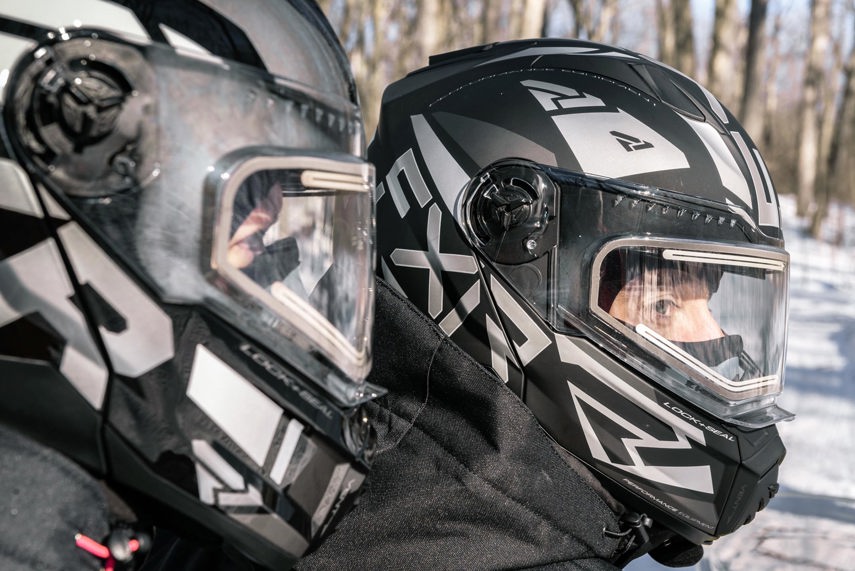
Getting Geared Up
Modern snowmobile gear, much like sled technology, is lightyears ahead of where it was even a few years ago. It’s lighter and less bulky while incorporating modern materials that offer moisture wicking and even floatation assistance. And then there’s the heated gear.
This shouldn’t need saying but unfortunately, it does – wear a helmet. Helmets are far lighter and more comfortable than the last time I was in the market, with a variety of new features, including anti-fog measures. Full-face helmets undoubtedly offer the most protection. Some riders choose to wear goggles rather than use a face shield because they find it more comfortable and less susceptible to fogging up. The FXR Maverick X modular helmet I wore features a removable breath box and chin skirt that diverts your breath away from the visor, which also happens to be heated. Simply plugging the helmet adaptor into the socket on the dash of the sled meant that I had clear visibility all day long – something I’ve never experienced while sledding before. Normally I’d have to ride with my visor open a crack to let in cool air.
Previously having to rely on multiple layers and disposable heat packets, the FXR Heated Recon gloves I picked up from Royal Distributing warmed up with the tap of a button thanks to a rechargeable battery pack. Hands stay warm and dexterous, so you can ride longer in safety and comfort. I rode all day in frigid −18C temperatures, plus the added windchill, and my hands stayed toasty warm. It was a revelation that exponentially increased my enjoyment of the day.
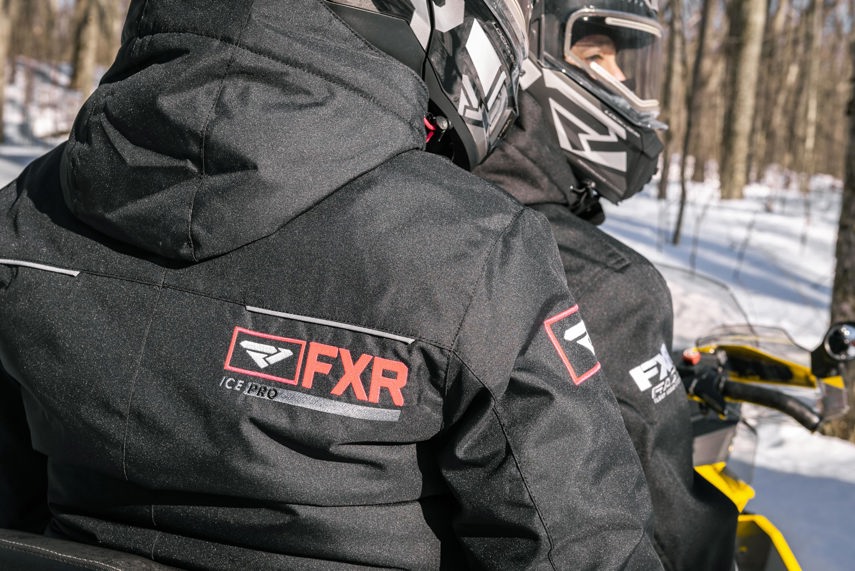
Suits have also gone high-tech. The FXR Excursion Mono Suit, for instance, features what is called F.A.S.T. (Floatation Assistance Safety Technology). It provides floatation assistance and wind resistance, but without sacrificing mobility. It’s light, comfortable, and keeps you warm on even the coldest days, but also has vents that can be opened when the mercury rises, or you’ve worked up a sweat.
Cold or wet feet make for a miserable day. I picked up a pair of FXR X-Cross Pro Speed boots that were warm and comfortable to both ride and walk in despite their size and high level of protection. And here’s where we learned the value of dedicated gear: we figured that my girlfriend’s hefty winter boots would be sufficient. They weren’t. The only part of her attire that wasn’t purpose-designed for sledding also happened to be the only source of discomfort she experienced. Now we know, but we learned the hard way.
You may be inclined to opt for less expensive gear, but good-quality equipment is worth the investment here. “We often see people make a large expenditure by buying a new machine, then look to save money by purchasing cheap gear,” says Perry Curlew, Product Specialist at FXR Canada. “It ends up costing them more in the long run, because they either abandon the sport, or if they stick with it, they will realize that they need to upgrade.” So, do yourself a favour and buy quality gear the first time.
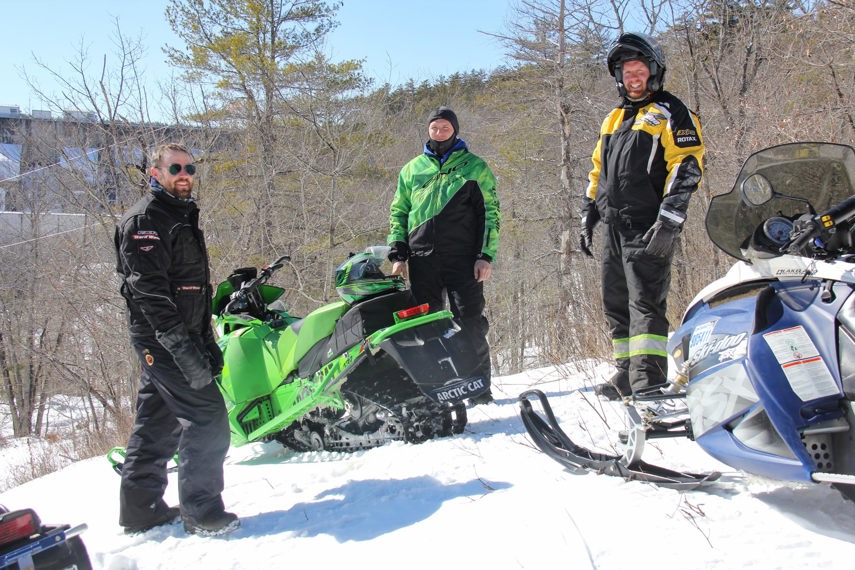
Consult an Expert
Before you dive headfirst into the deep end, you may want to try the sport on for size and learn helpful tips from those with more experience. A third-generation powersports dealer, Tom Irwin spent his career servicing the needs of clients. He decided to get in on the fun they were all having by selling his dealership and settling into semi-retirement by establishing Tom Irwin Adventure Tours in Calabogie, Ont. He now spends his summer riding ATVs and his winter riding snowmobiles. An accomplished motocross and cross-country motorcycle racer, his passion and enthusiasm are contagious as he leads his guests on fun and safe tours around the region. Observing Covid protocols, we remained masked and distanced as Irwin provided an overview of hand signals, trail etiquette, and the kind of riding we’d be doing. Each tour is curated based on the ability and experience of its participants, so people don’t feel overwhelmed or ride beyond their ability.
An experienced guide can provide helpful tips, but also show you trails you would never have found on your own. Before each of our tours, Irwin ventured out at first light to check ice thickness and trail conditions to ensure we had the best snow conditions possible.
Riding in a group also provides an element of safety. Similar to scuba diving or rock climbing, it’s advisable to travel with a group when you’re going off the beaten path for a variety of reasons. You could get lost, run out of fuel, break down, or get stuck. Irwin is also prepared for any number of challenges that may arise. He has the materials and skills to make fire and a makeshift shelter quickly should they be required. He also has a dedicated contact who is aware of his riding plans and can assist if needed. I learned a lot from Irwin in a short amount of time simply by following, watching, and listening.
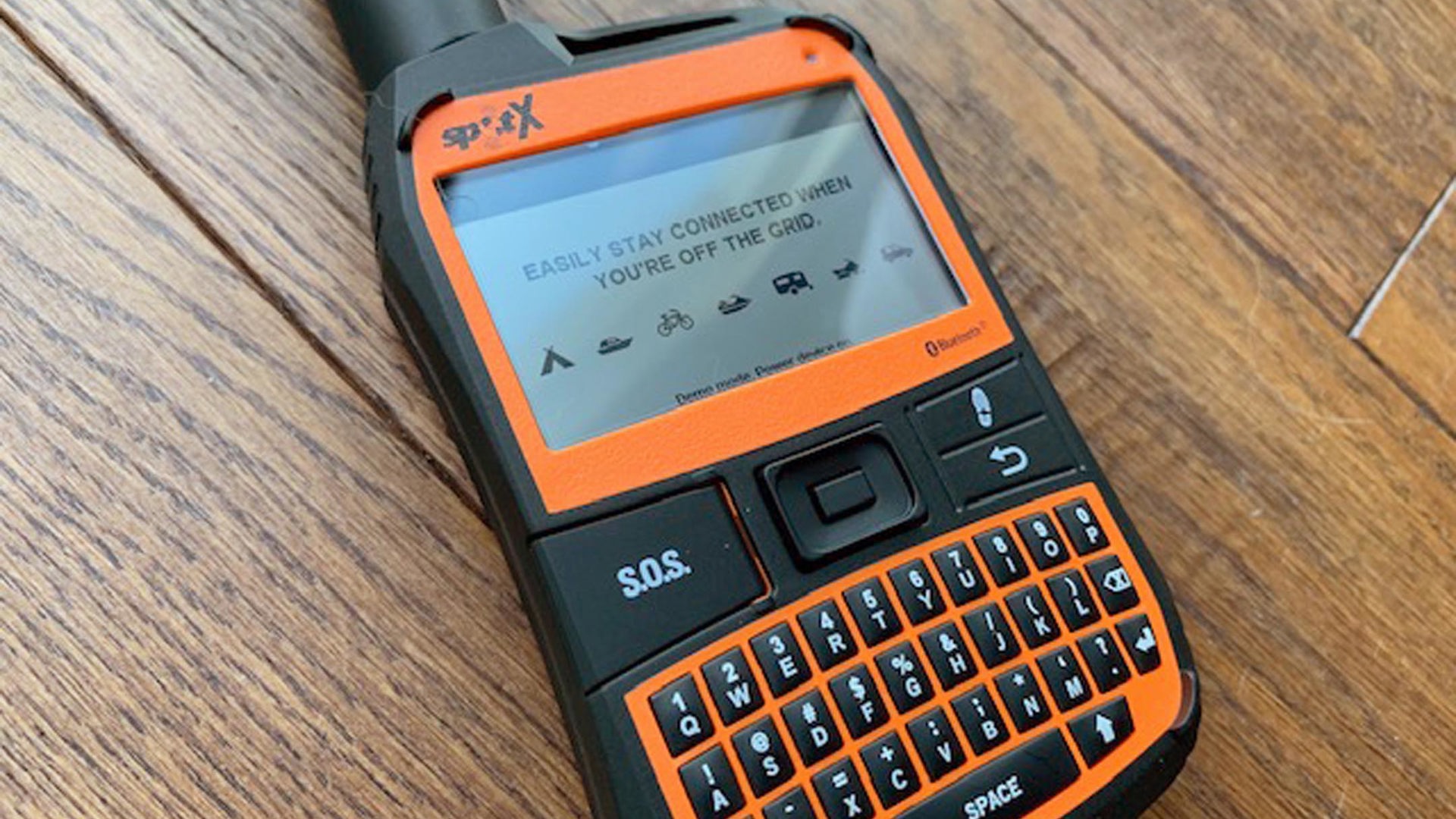
Communication
There is a collection of hand signals that riders use to alert those behind them of upcoming hazards and manoeuvres, and let oncoming sleds know how many sleds are in their group. Modern helmets can also be outfitted with Bluetooth devices from the likes of Sena or Cardo which allow riders to communicate with each other while riding.
One small glitch can quickly turn into a big problem when it’s winter and you’re in a remote area. Chances are pretty good that you won’t have cell service to consult GPS or contact help, so another essential piece of gear that Irwin carries is a satellite messenger. New models such as the Spot X feature tracking and texting capability. It has a built-in compass with programmable waypoints and the ability to send an S.O.S. to search and rescue services if you really get into trouble.
Trip Planning
Based on where you’re planning to ride, consider how much fuel you’ll need. This will vary depending on the sled and the rider, so calculate conservatively based on the most enthusiastic rider on the least fuel-efficient sled. It’s also a good idea to carry extra fuel.
Headlights are much better than in previous years but riding during daylight hours will still be safer. Visibility is likely to be better and there is a higher chance of receiving help if you run into trouble. Using a satellite navigation system will let you track your location or plan your route. There are also a number of interactive apps that allow you to pre-program rides and check the status of trails. Be sure to let a friend know where you’re going and when you plan on being back, so that they can alert authorities if you do not return safely.
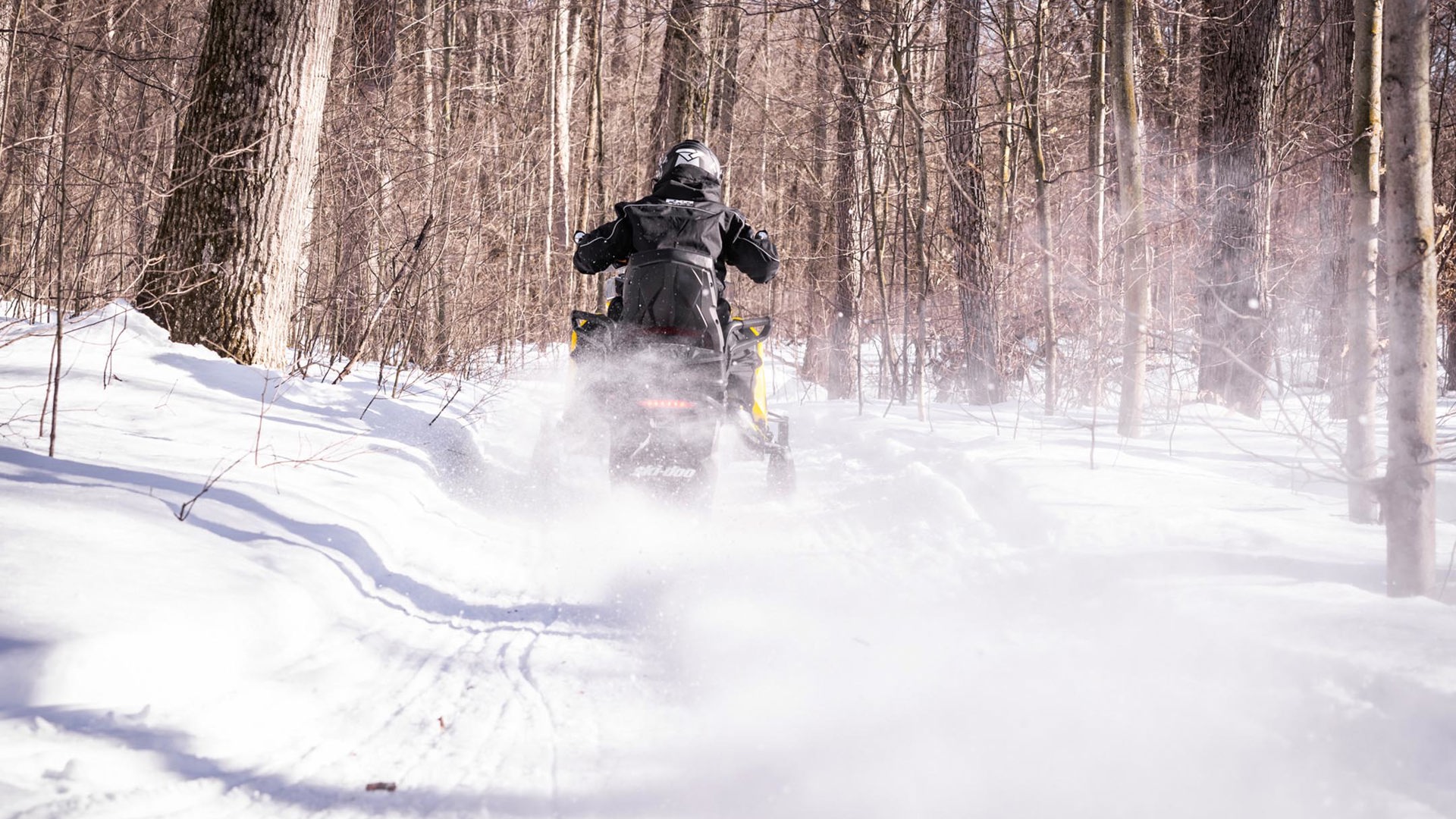
Safety Considerations
A situation that could simply be frustrating during any other season could become downright dangerous in a matter of minutes should you be in a remote area in the depths of winter. Consider packing rope or a tow strap in case you get stuck and bring fluids so that you don’t get dehydrated. Consider packing some extra gear if you get rained on or perspire heavily. You do not want to be wet.
Statistically, the three highest contributing factors leading to serious injury or death are alcohol, speed, and poor judgement leading to drowning or hypothermia. Without fail, every season someone will attempt a water crossing and not make it. Whether motivated by ego or poor trip planning, it’s not a good way to go out so don’t let yourself become a statistic. Alcohol and narcotics dull your senses and slow your reaction times – both of which will have negative consequences when operating a sled. Respect the machine and your own safety.
Backcountry sledding is a whole other can of worms. If you’re in search of deep powder up in the mountains, you’ll have a host of other hazards to consider, perhaps most notably altitude and avalanches. Consider taking an avalanche training course and check the current avalanche forecast for where you’ll be riding. It is customary to carry a shovel and avalanche beacon, but those who do this kind of riding have also started wearing avalanche airbags. Integrated into a backpack, the airbag will inflate to decrease your burial depth as well as protecting your head and neck. Oxygen bottles can also be filled and fitted to increase your chances of survival. It’s something you hope you never have to use, but you’ll be glad to have it if you ever need it so don’t skimp out.
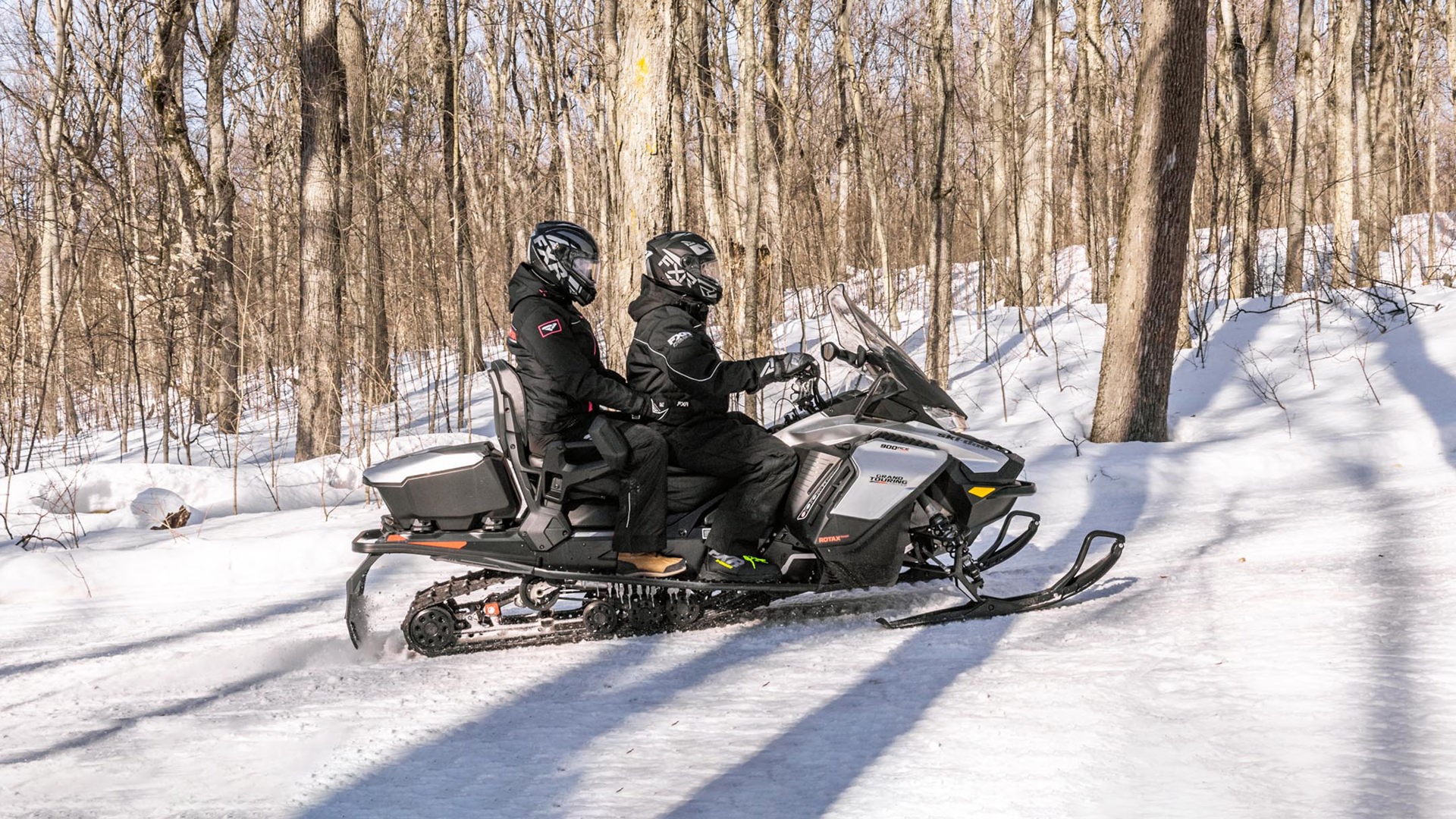
Rider Etiquette
Despite how much you enjoy snowmobiles, not everyone feels this way. They can be loud and disruptive to nature and wildlife, so be considerate with your speed in populated areas. Don’t trespass onto private property and be aware that trails may also be used by people snowshoeing or cross-country skiing. When approaching oncoming traffic on trails, slow down and move over to the right as much as safely possible. If you happen to be wearing mitts this won’t be possible, but it is a common courtesy to hold up the number of fingers of riders behind you so that oncoming traffic can base their actions accordingly. I shouldn’t have to say this, but take your trash with you. I can’t count how many beer cans and food packages I saw on trails.
Riding a snowmobile is a great way to pass the cold winter months. It allows you to interact with nature and see things you’d never encounter if you were travelling by car. Taking comfort and safety into account will dramatically improve your enjoyment of the experience. You don’t need to plan on having fun, that part will happen all on its own.
